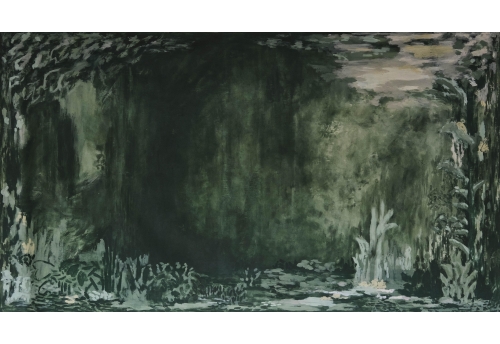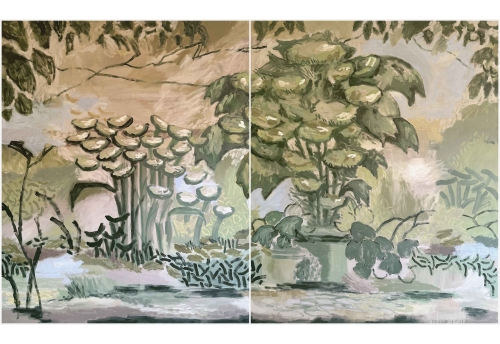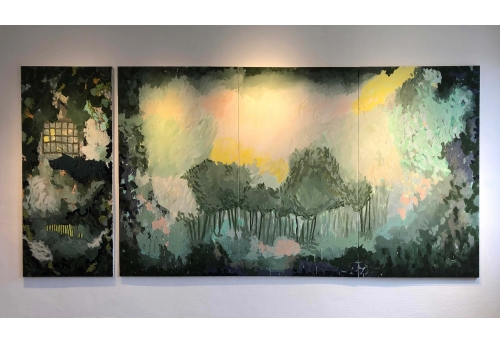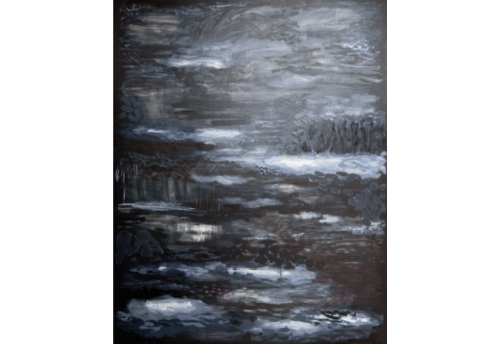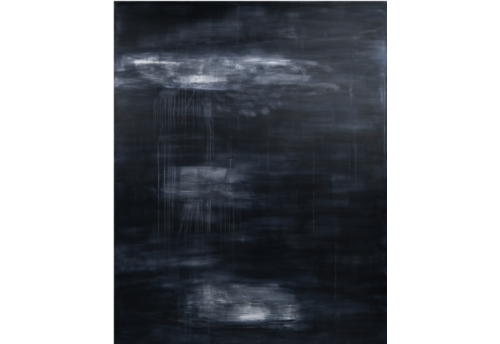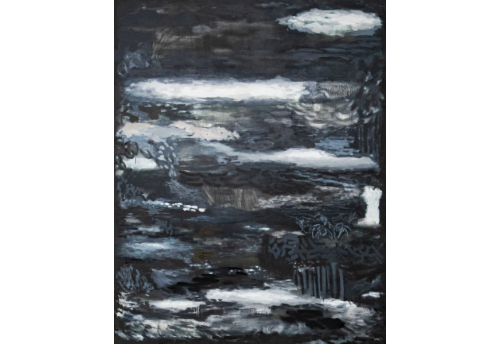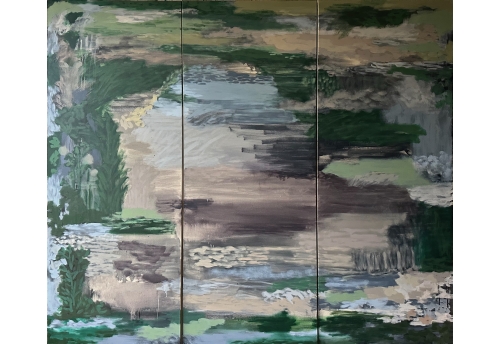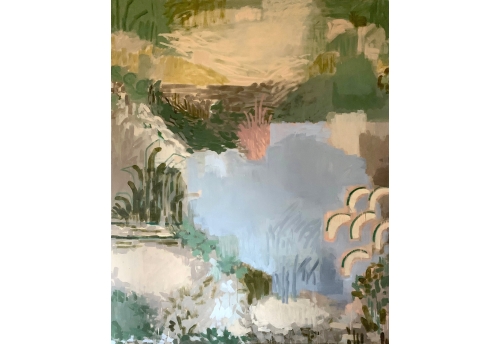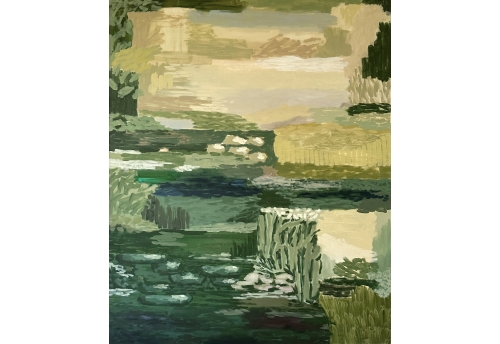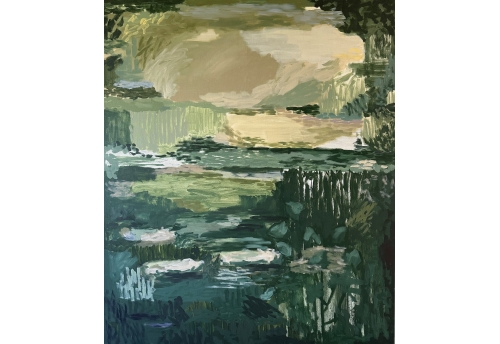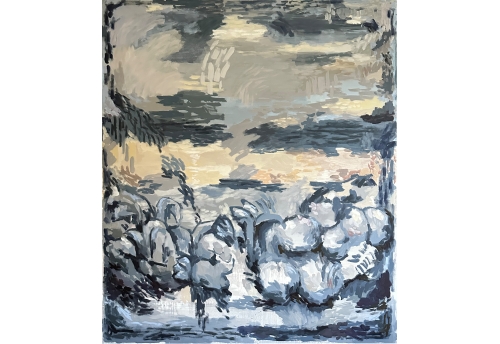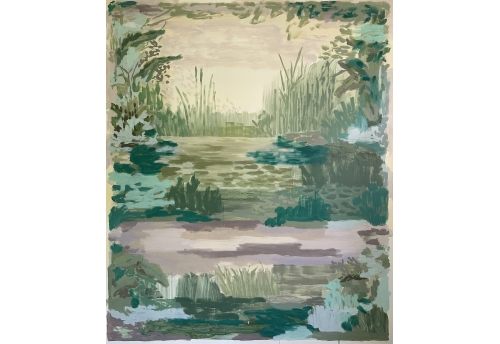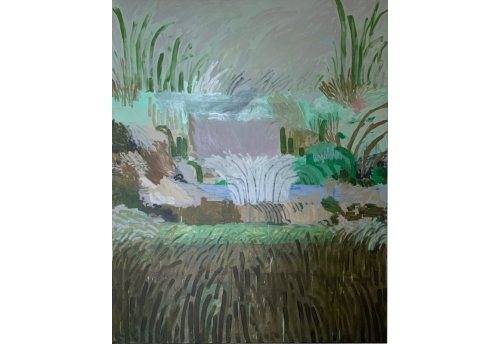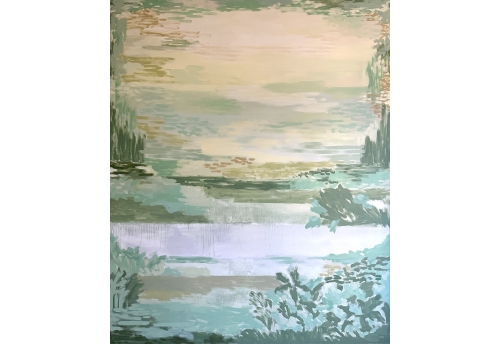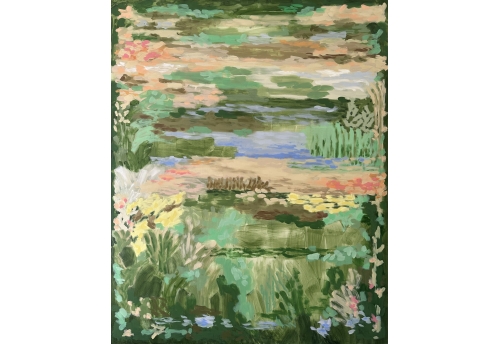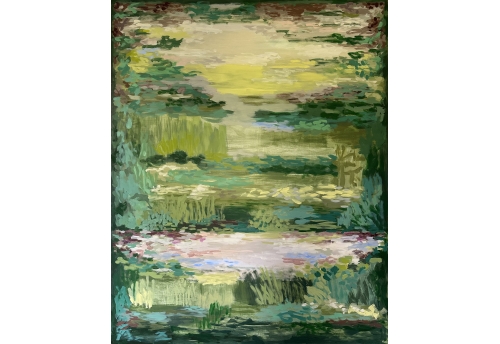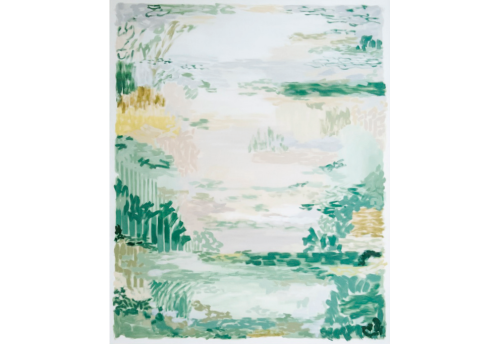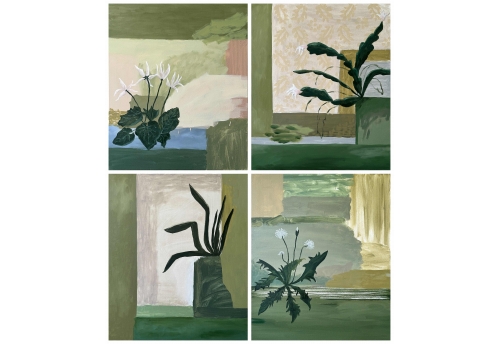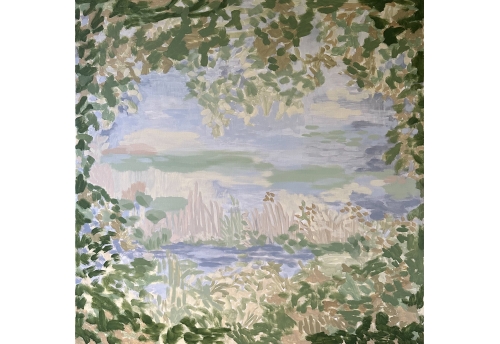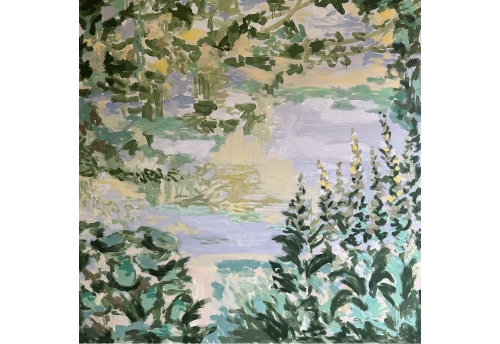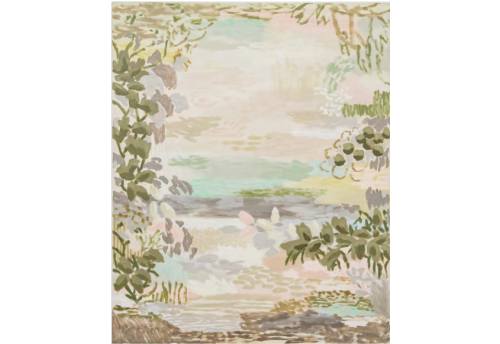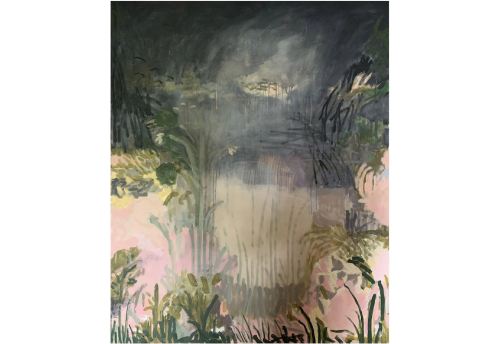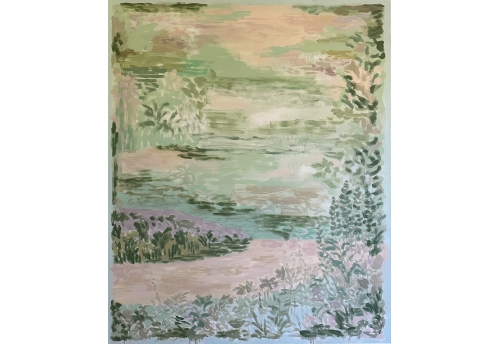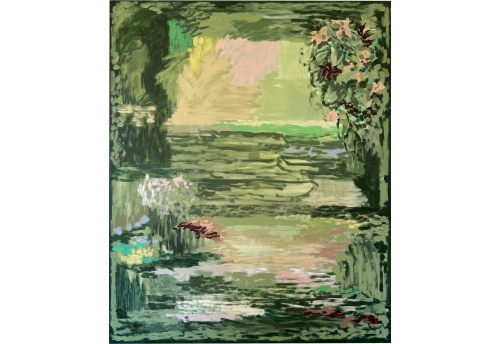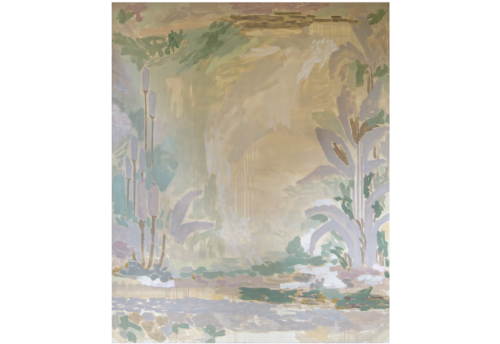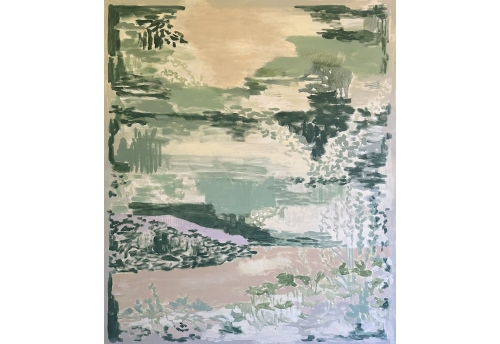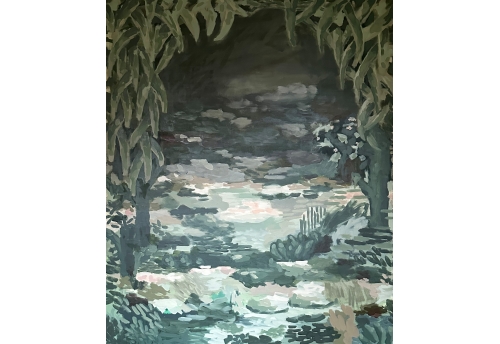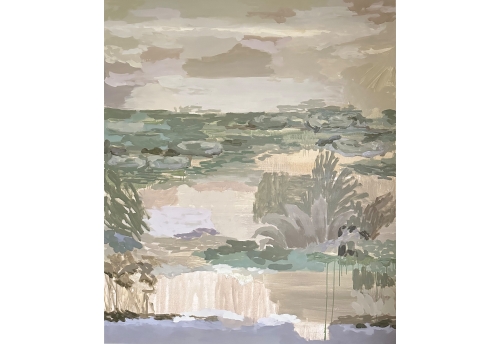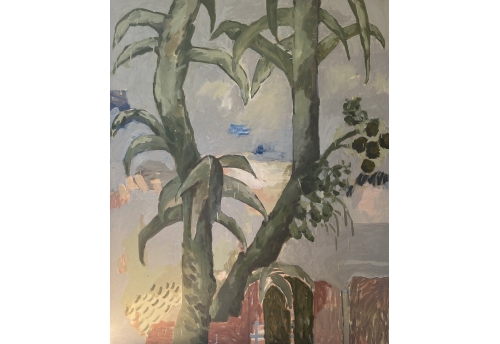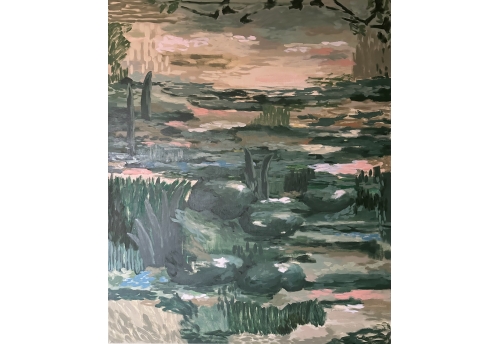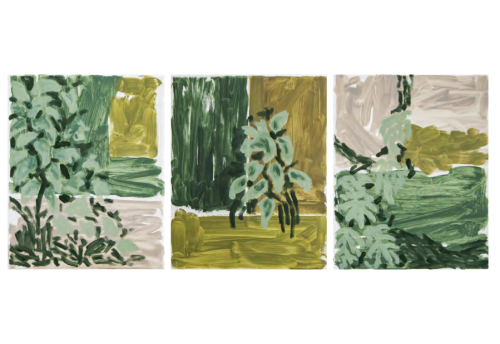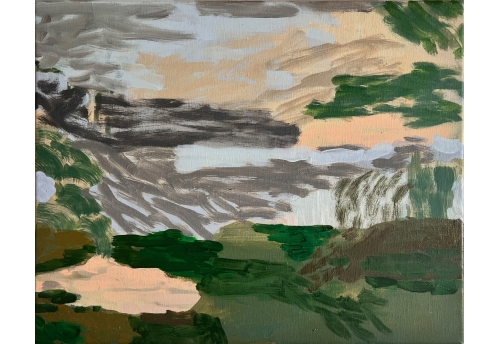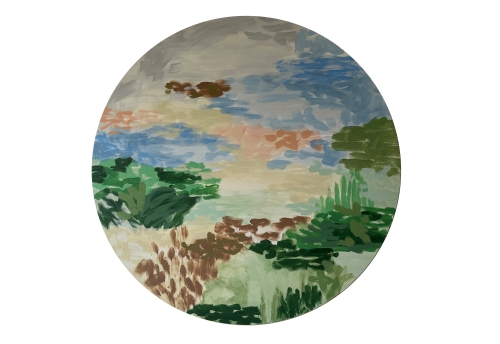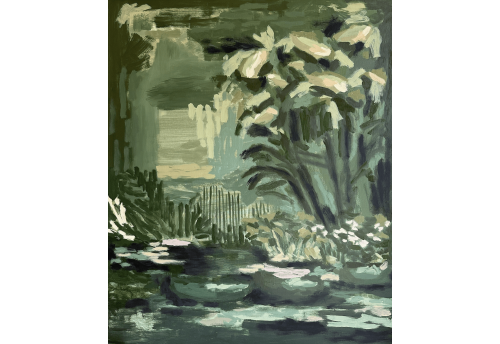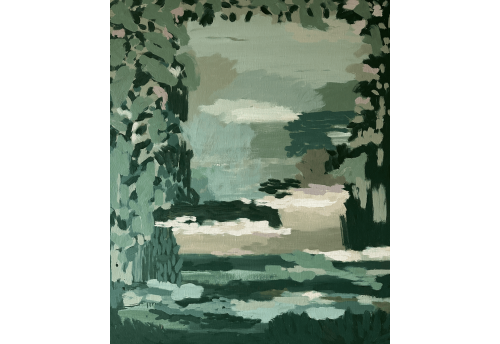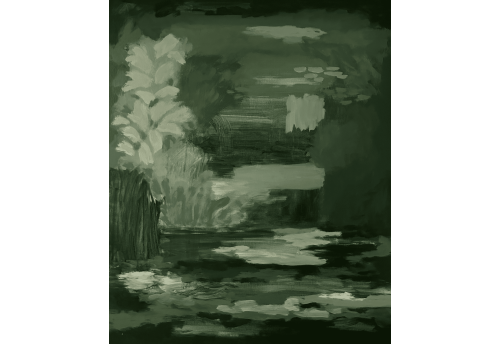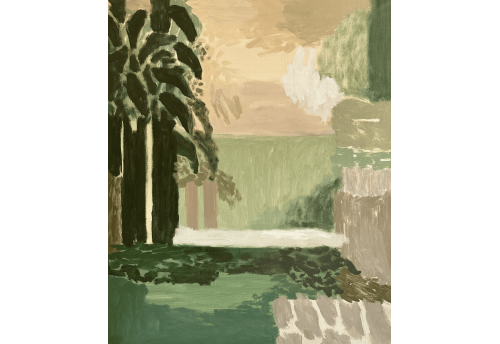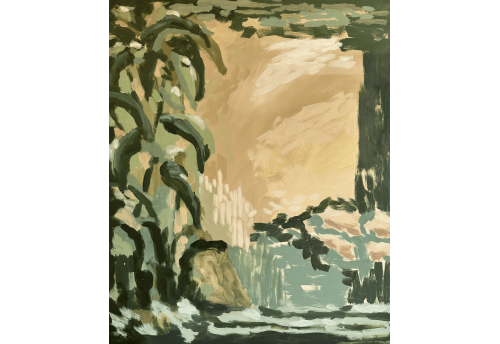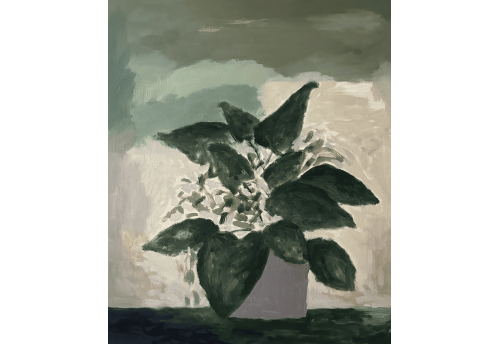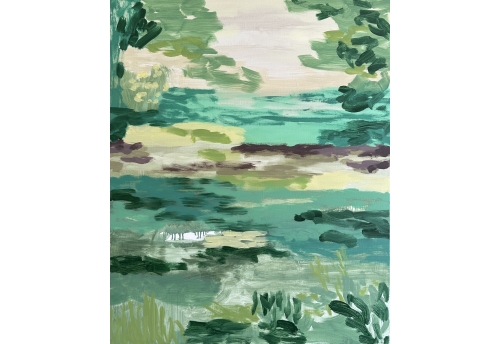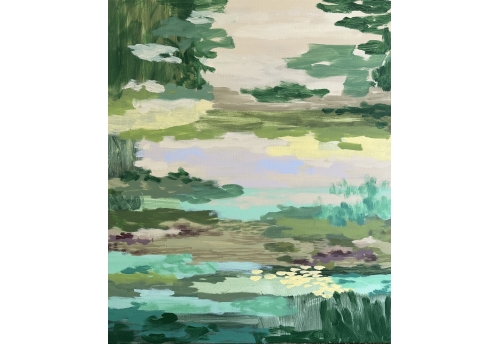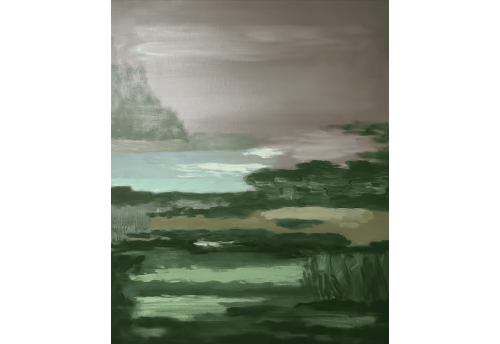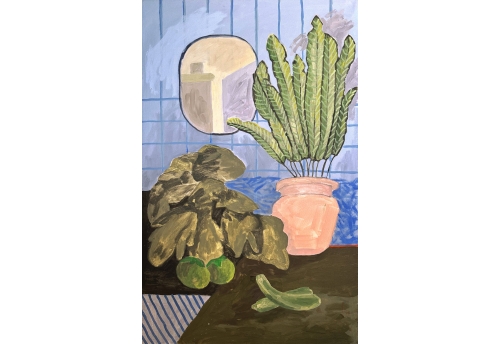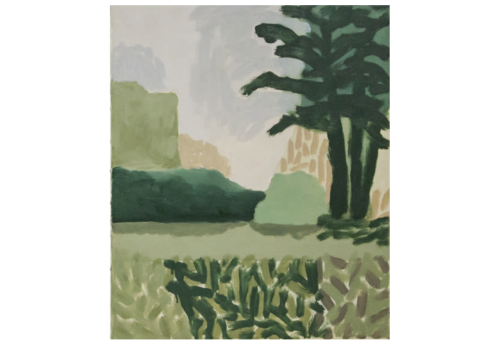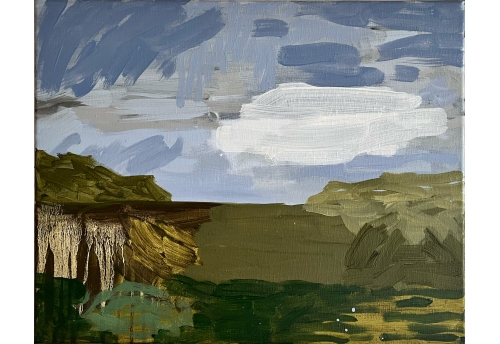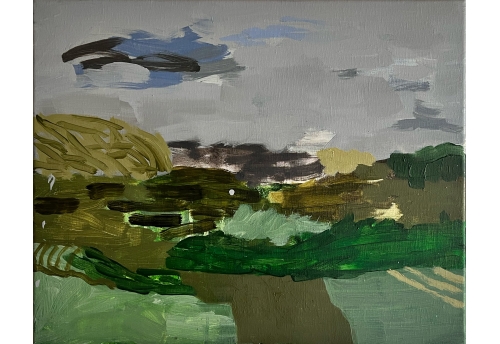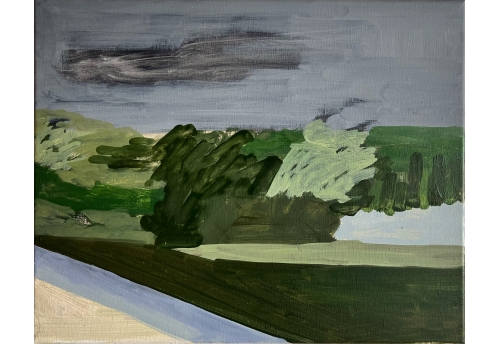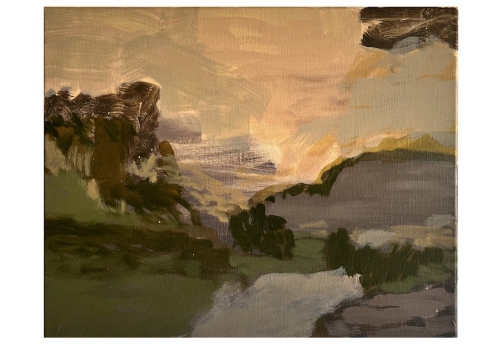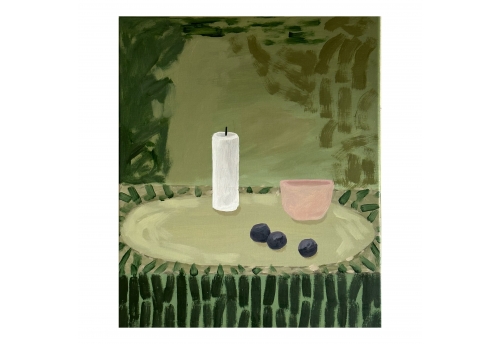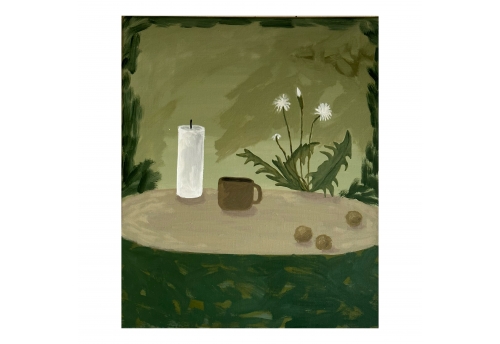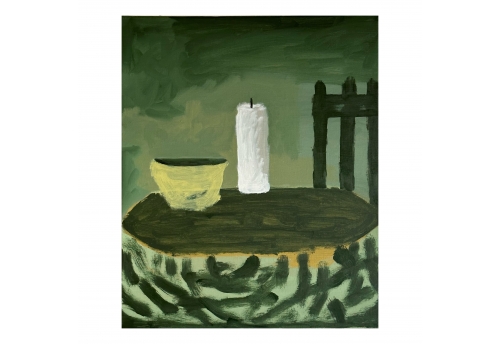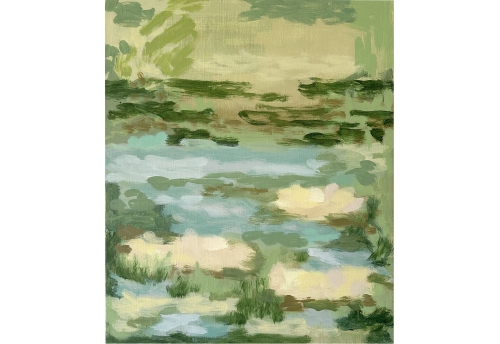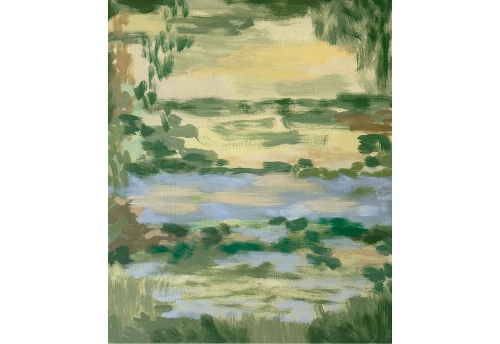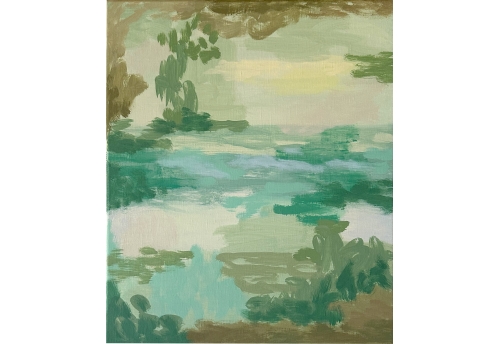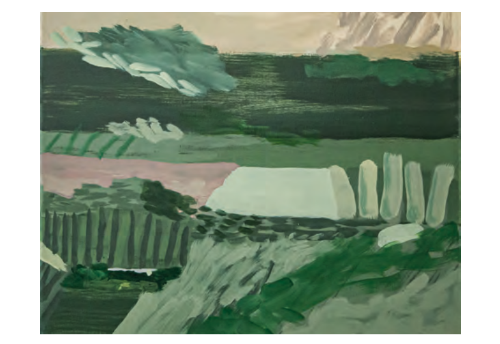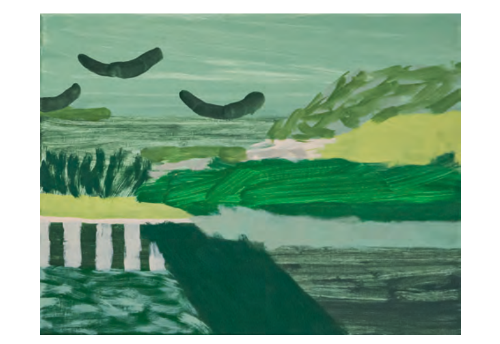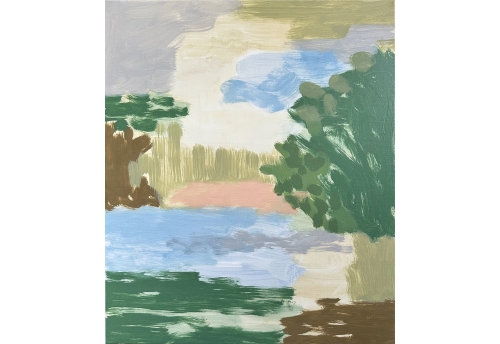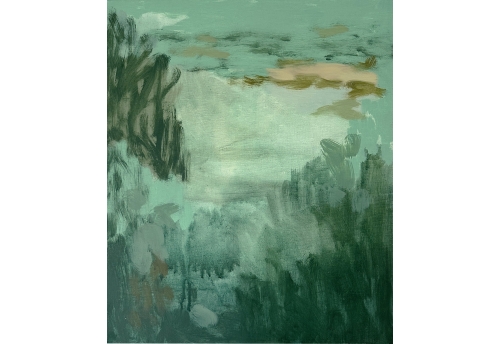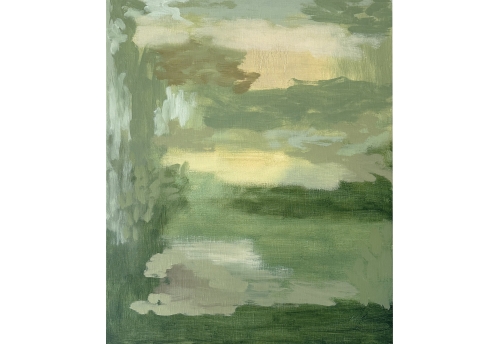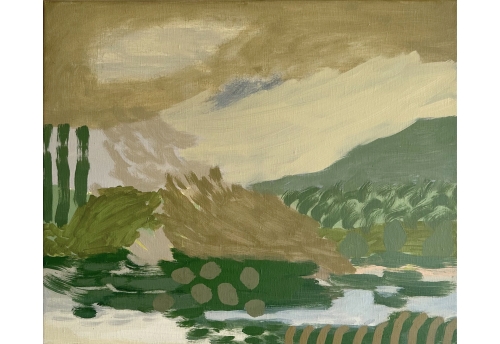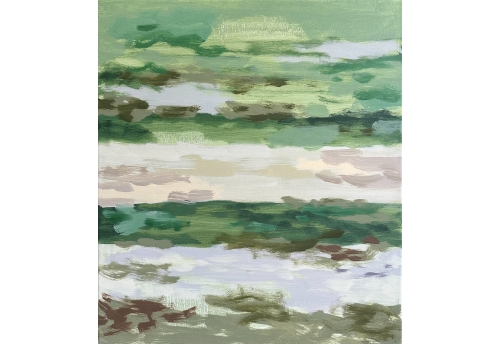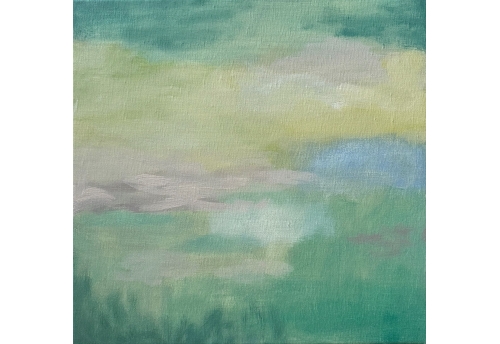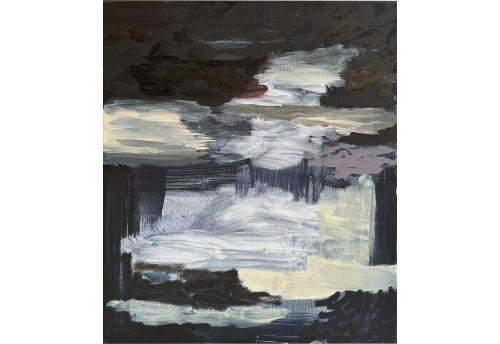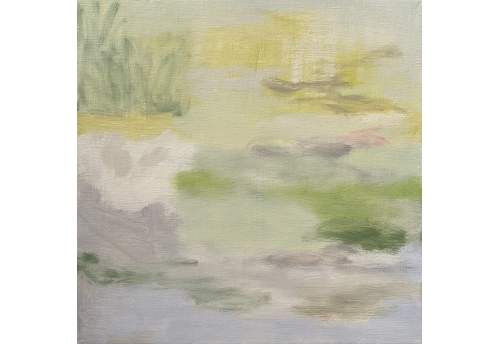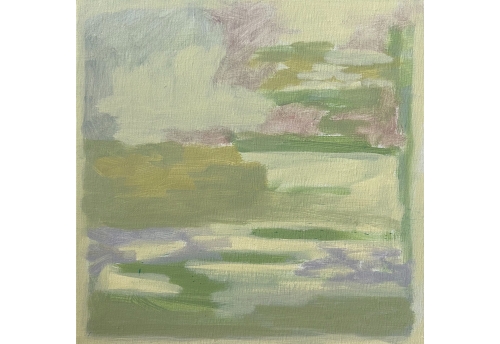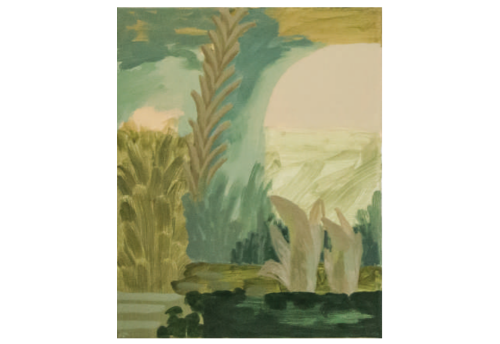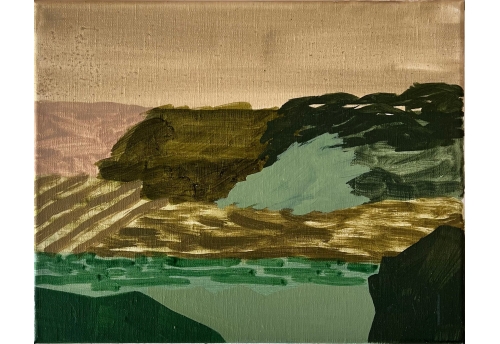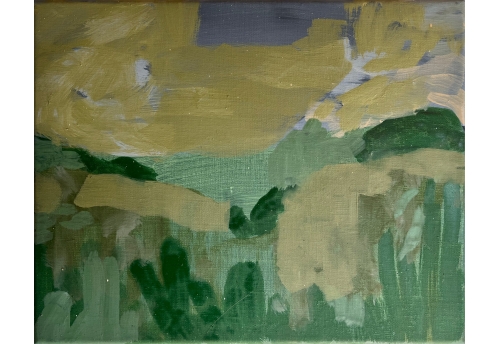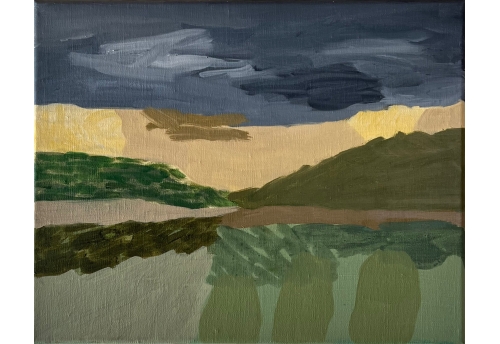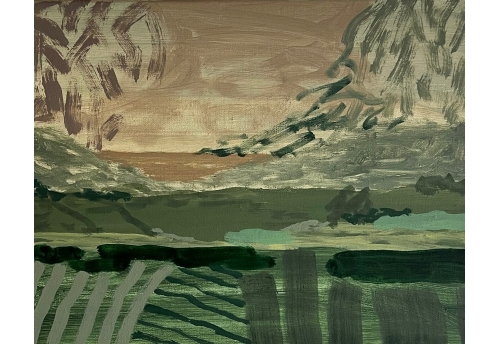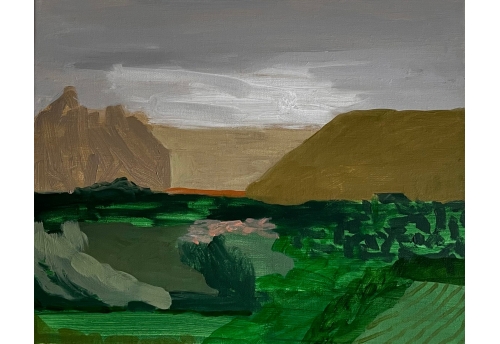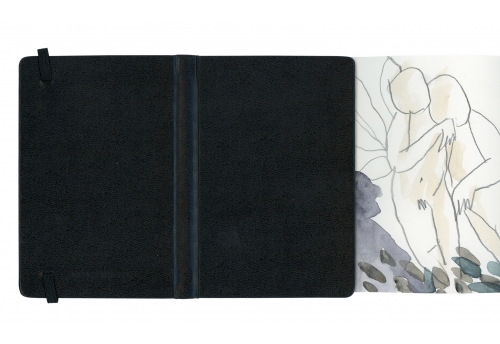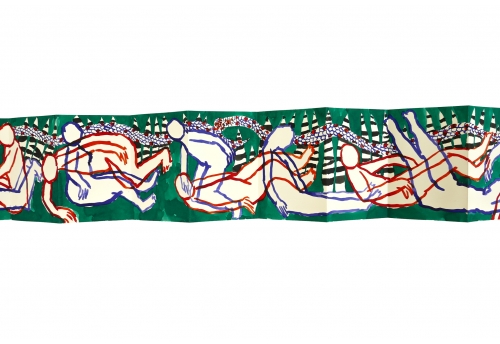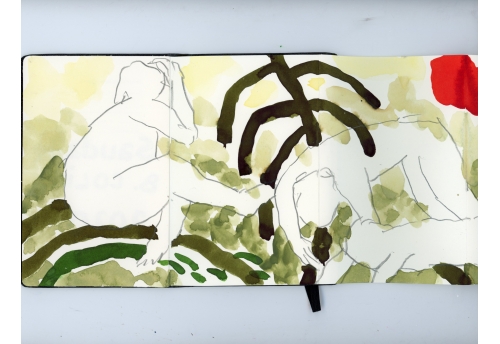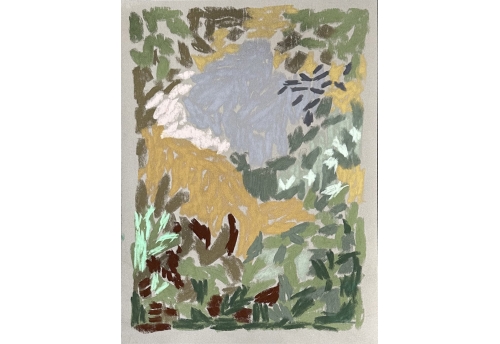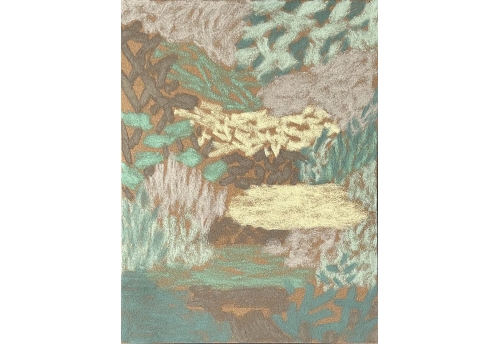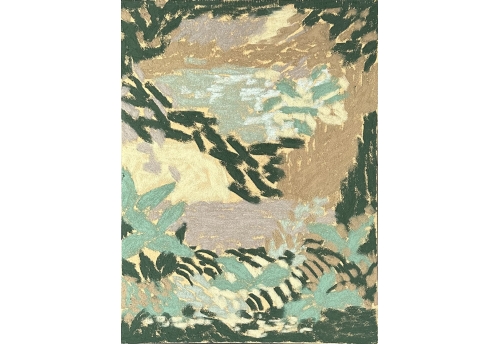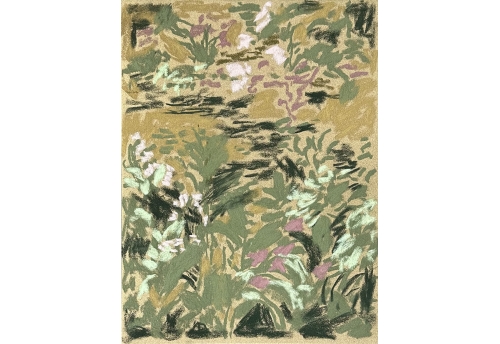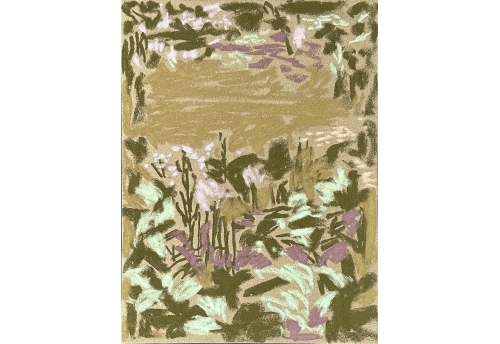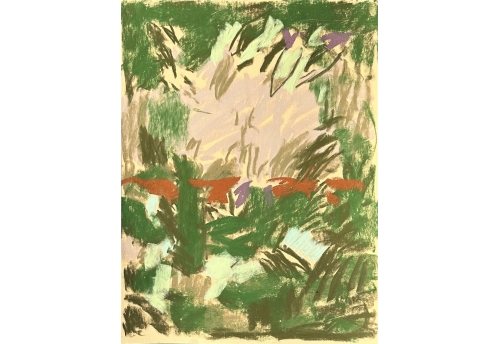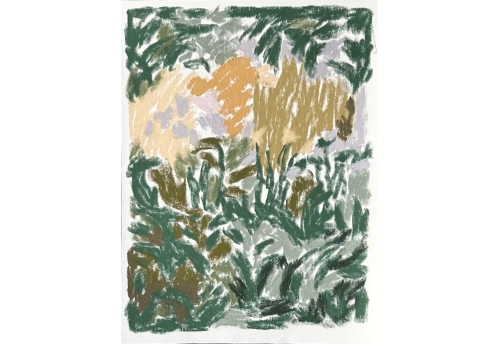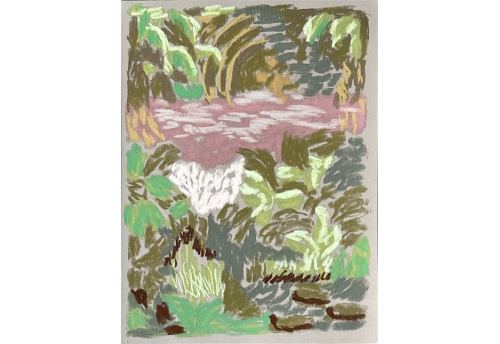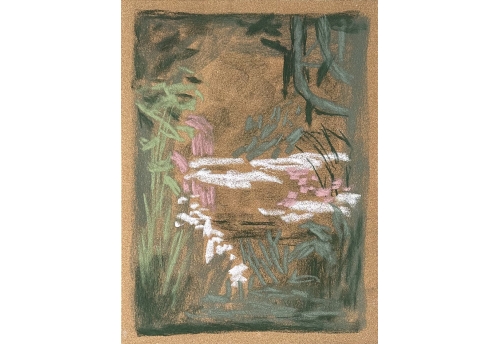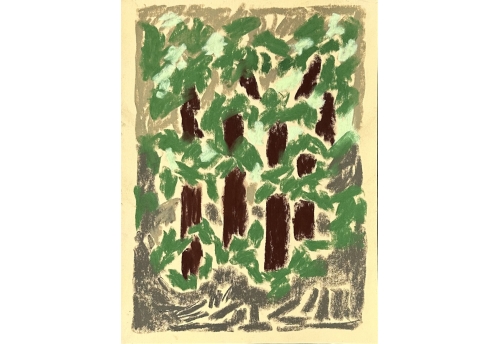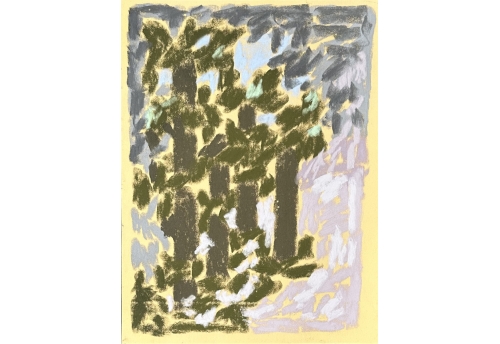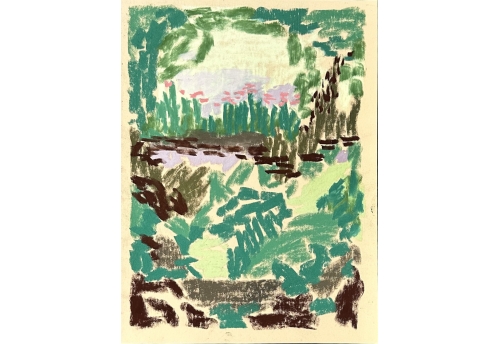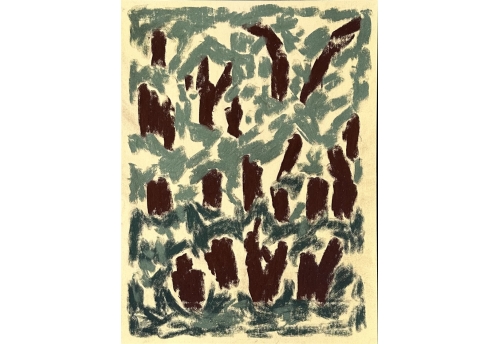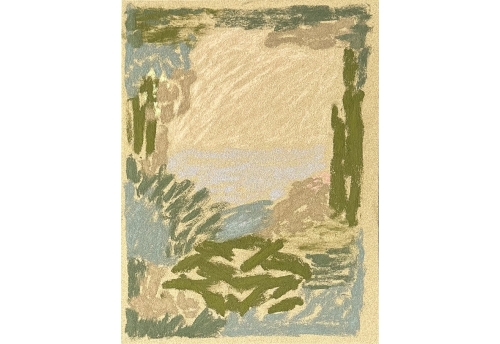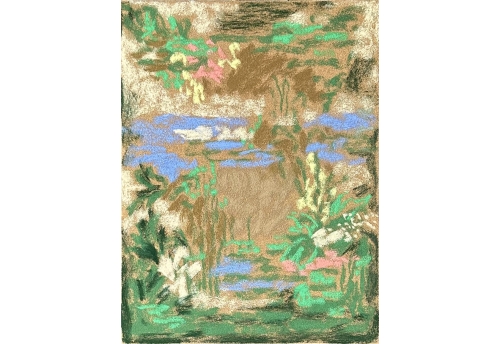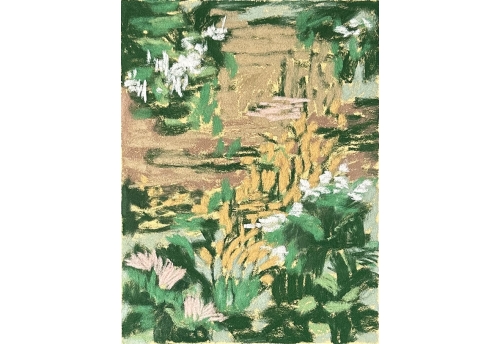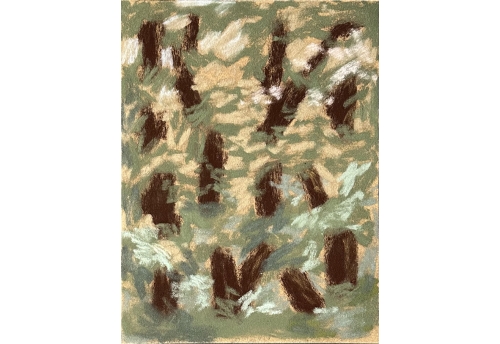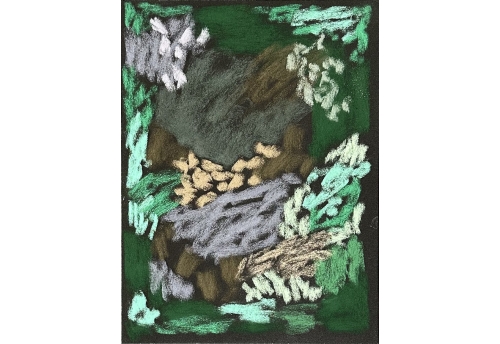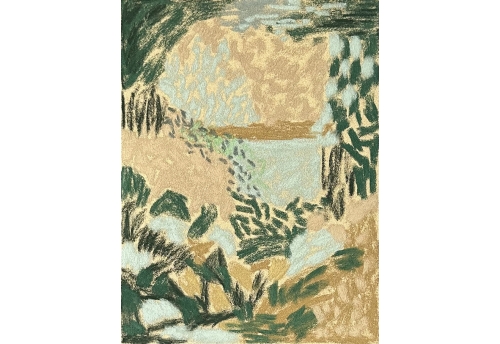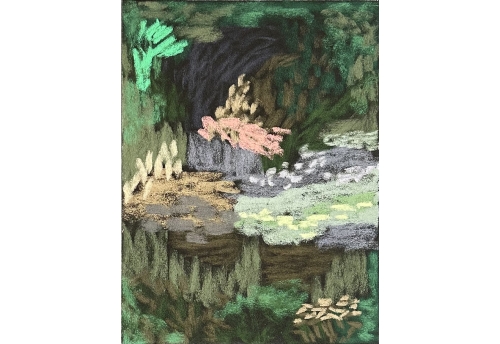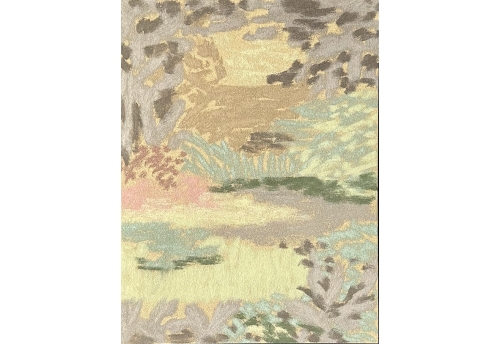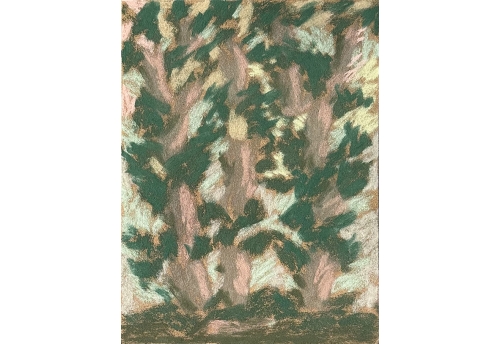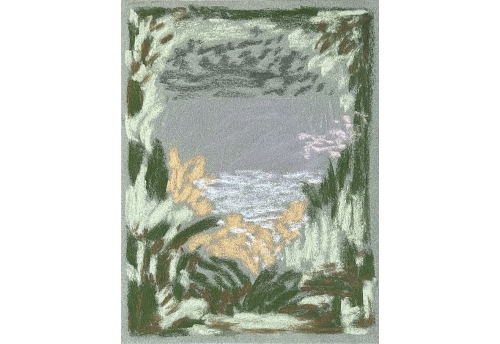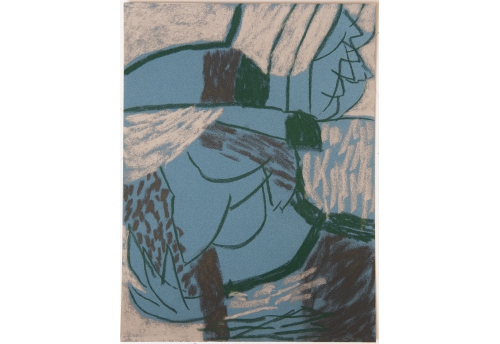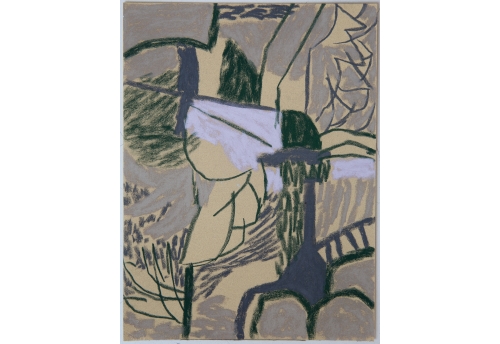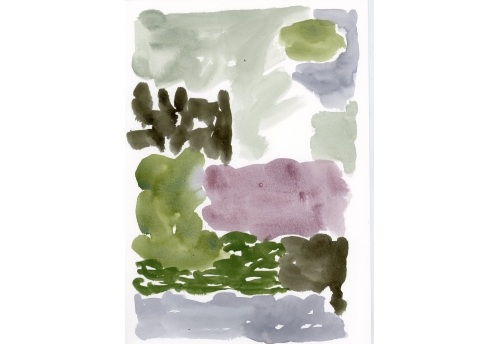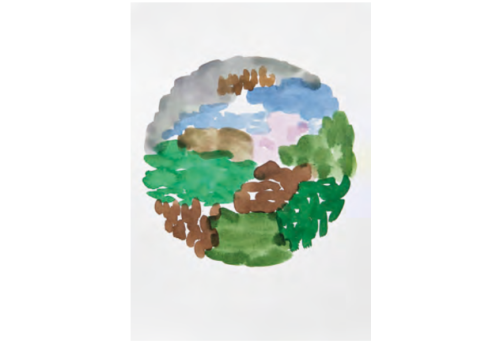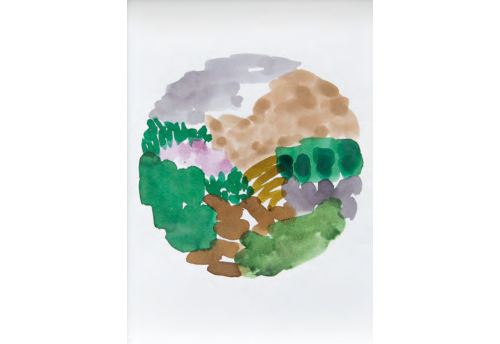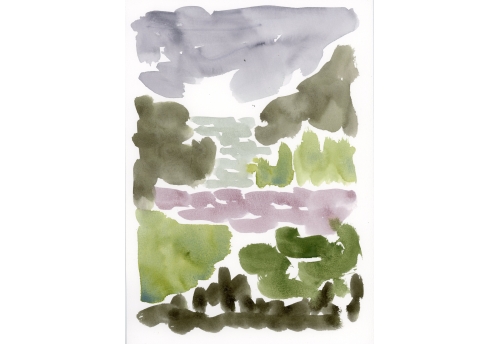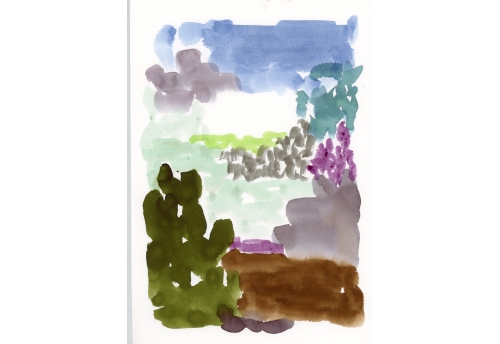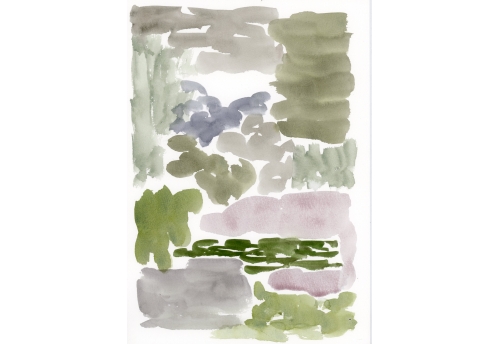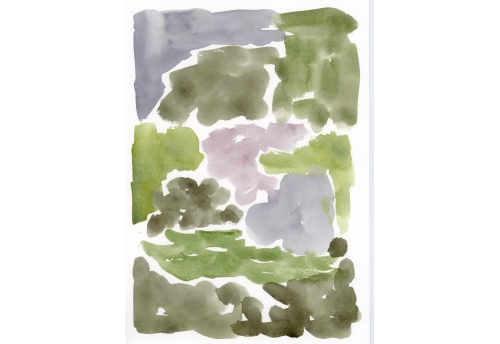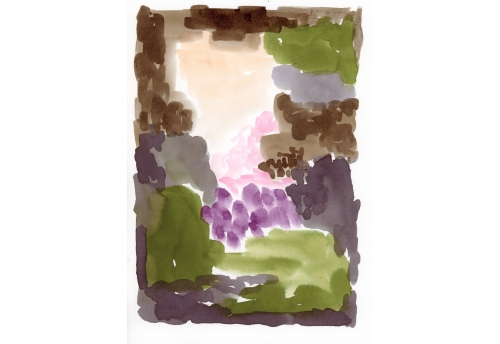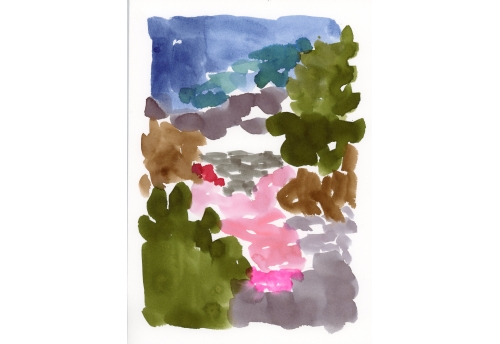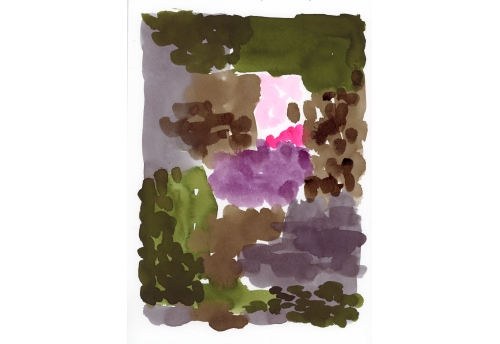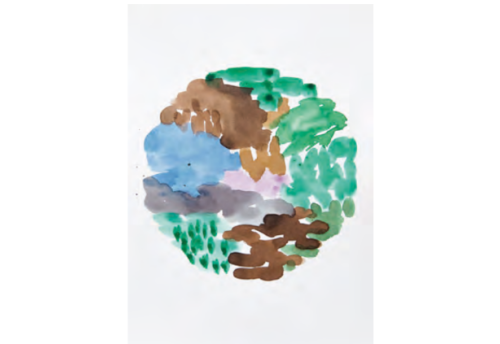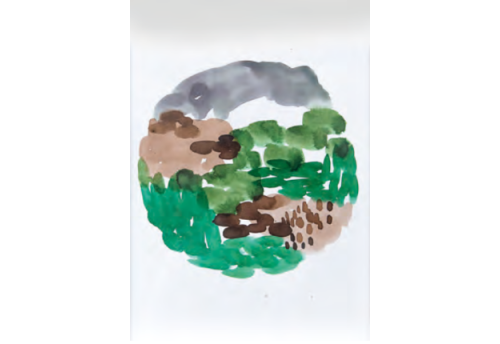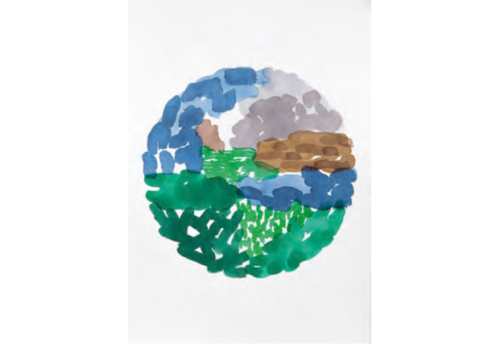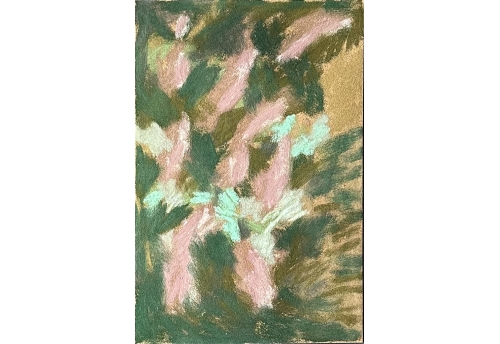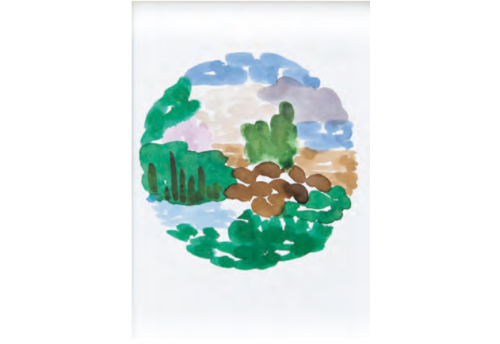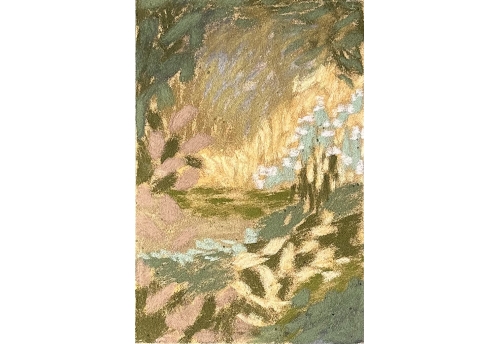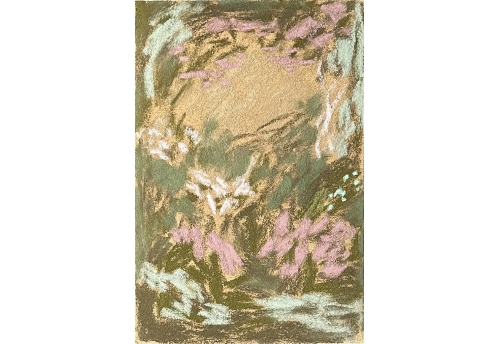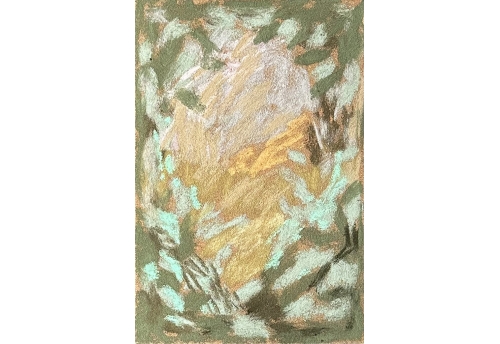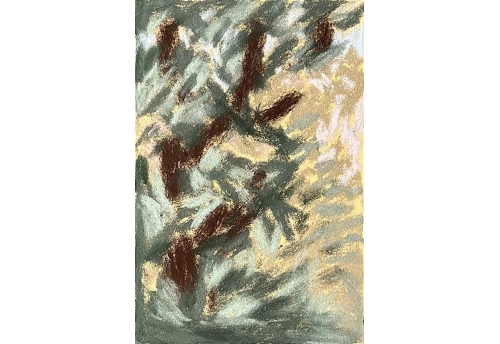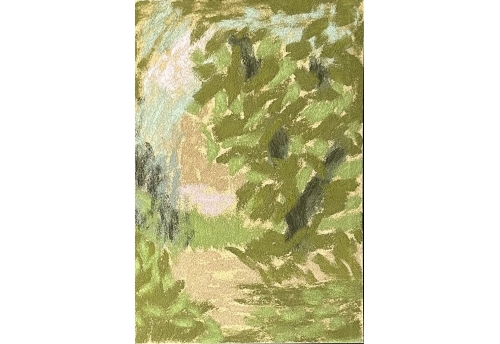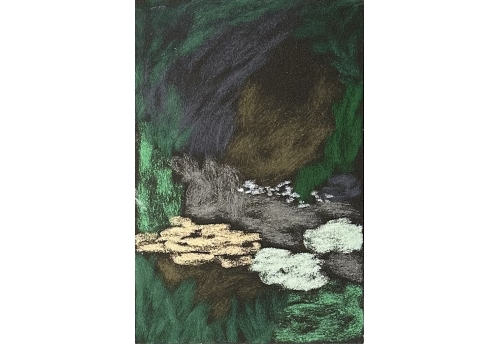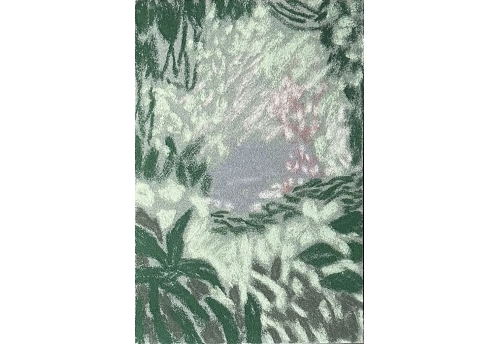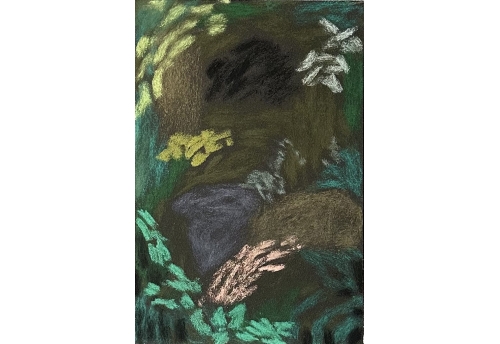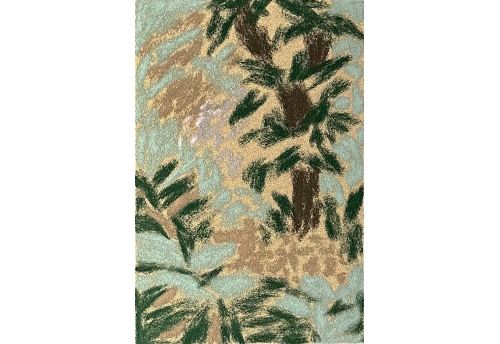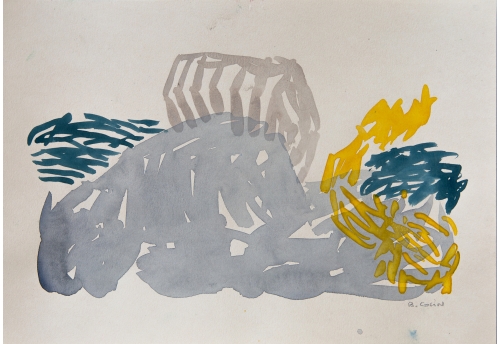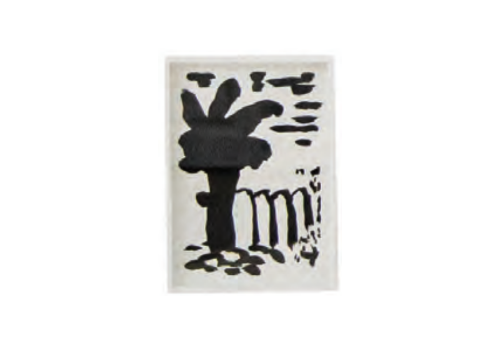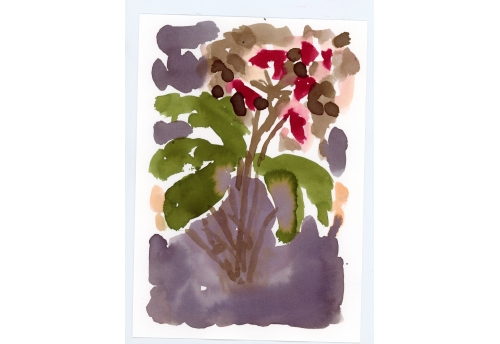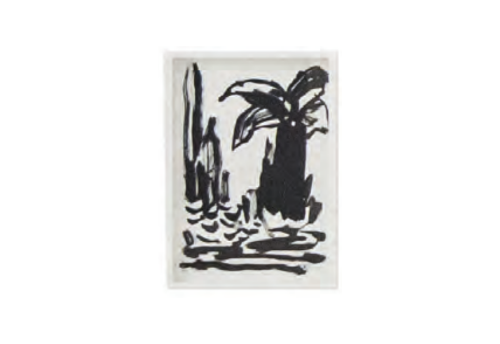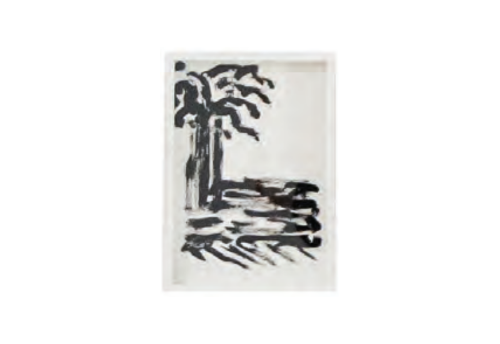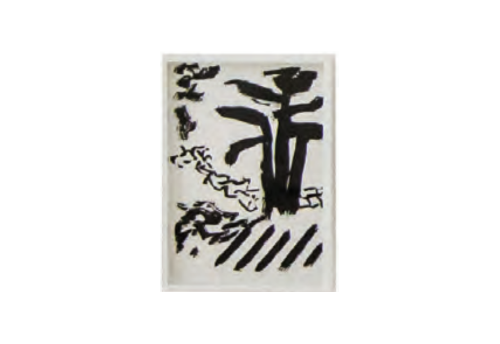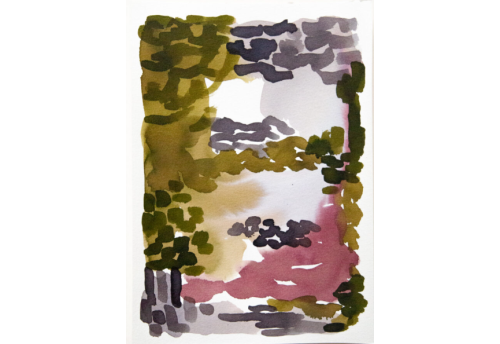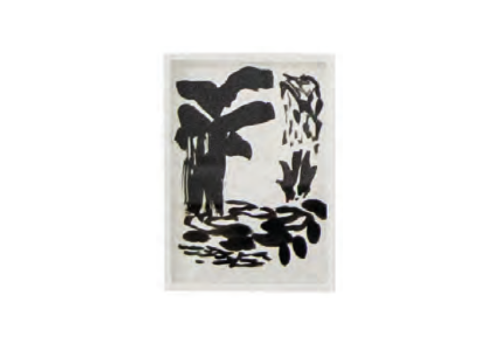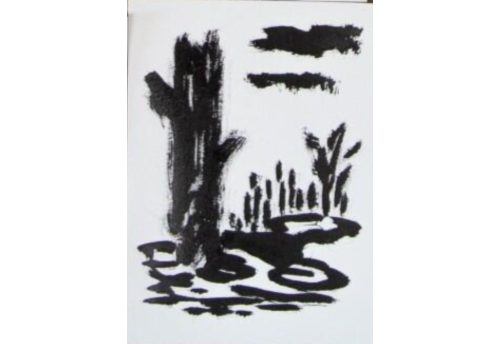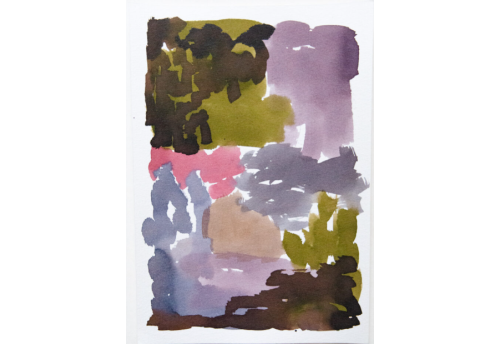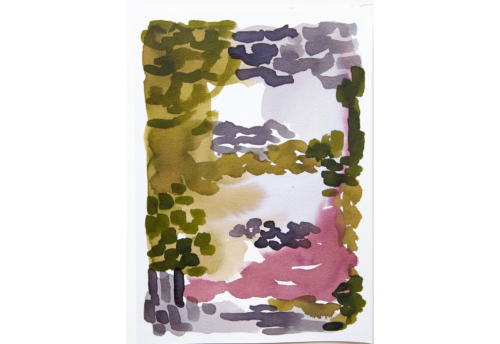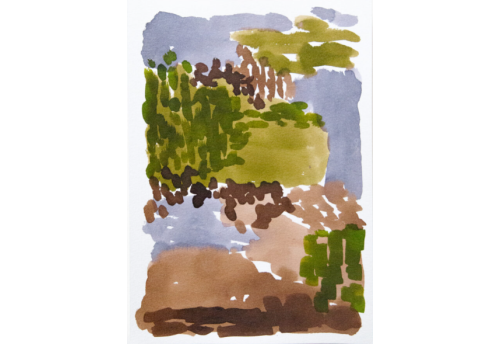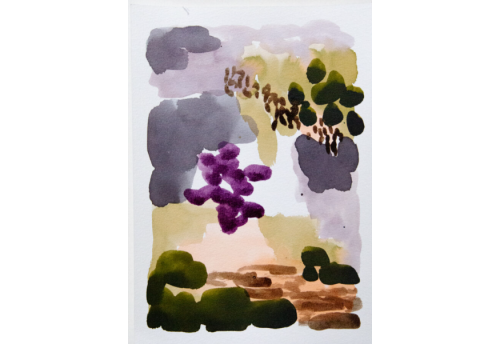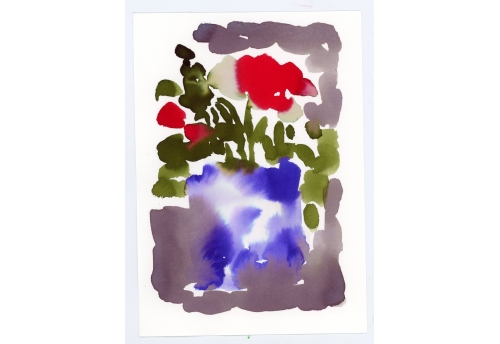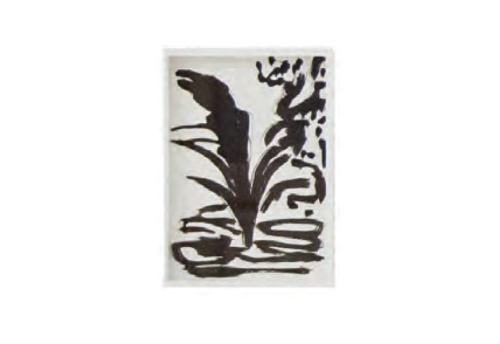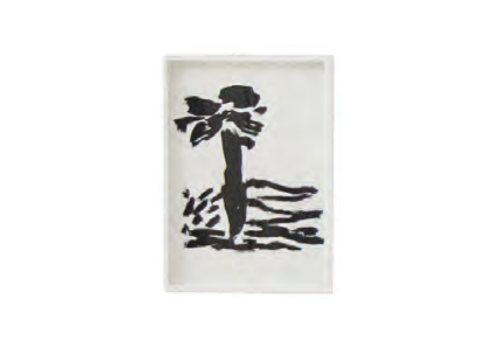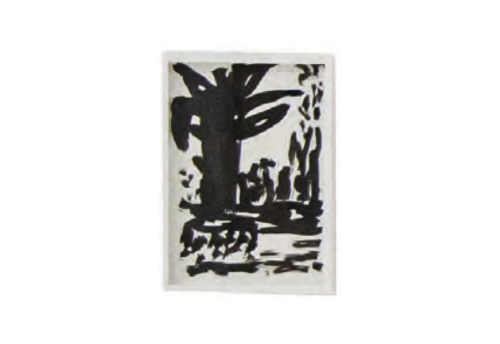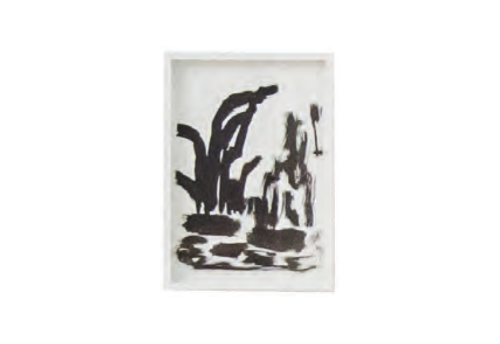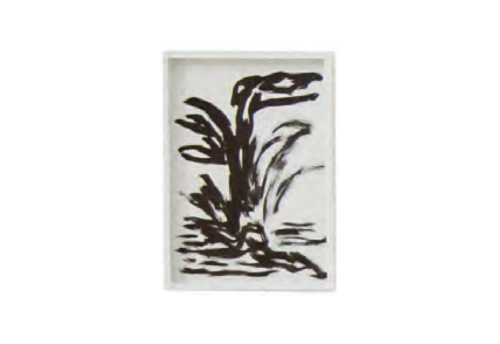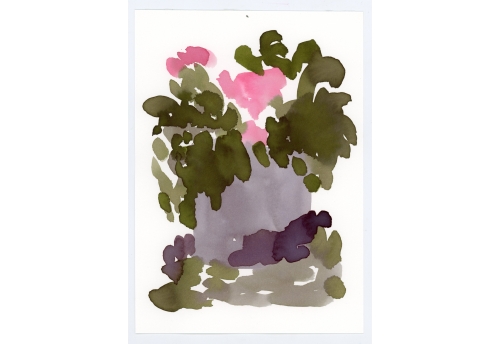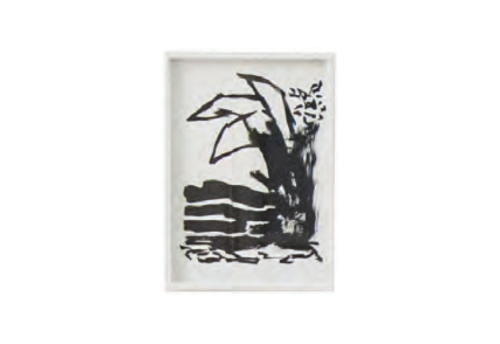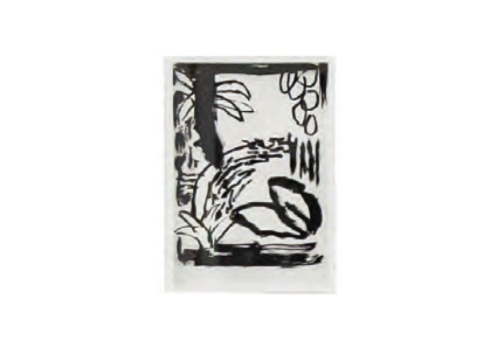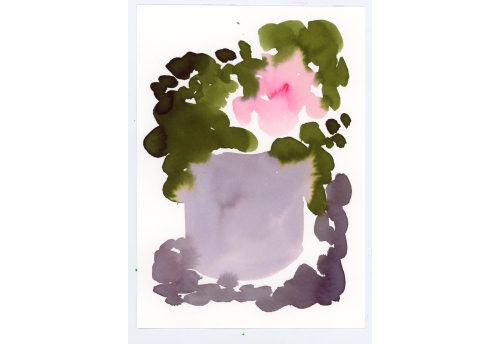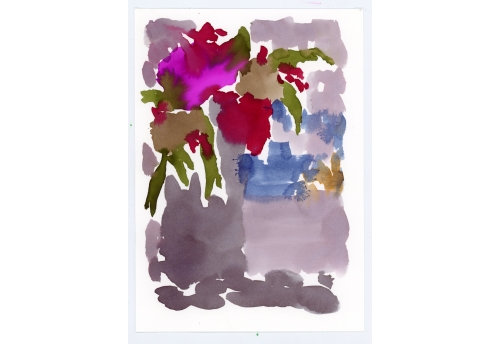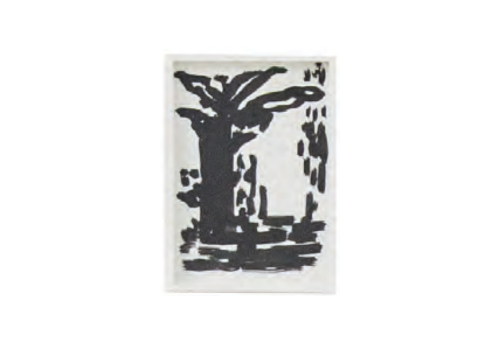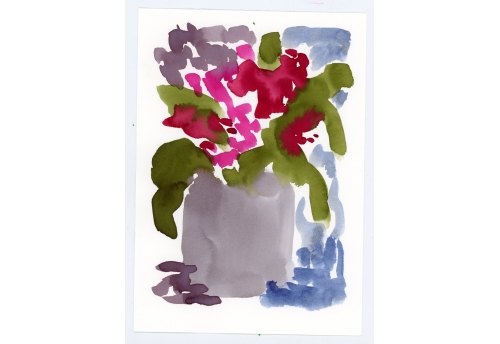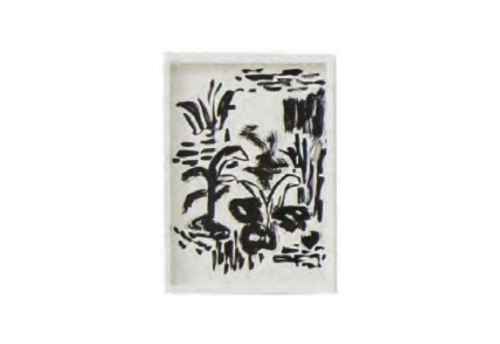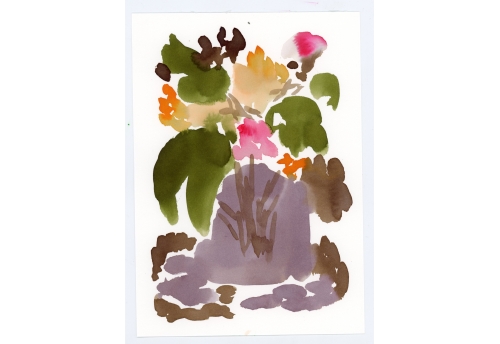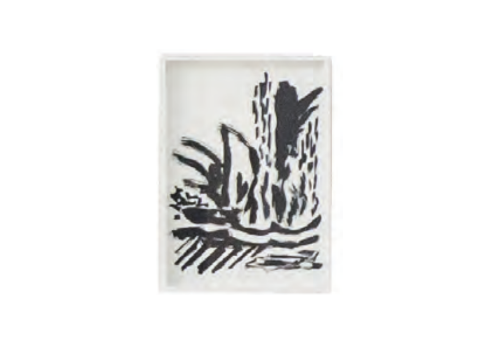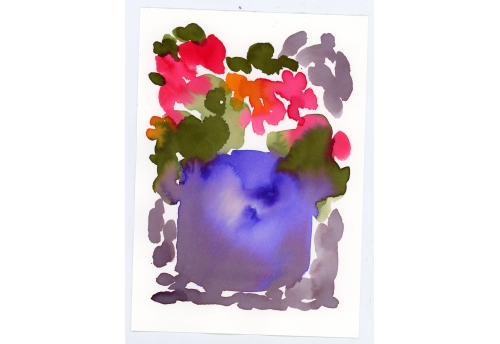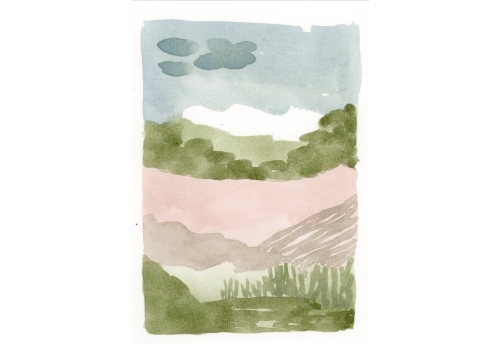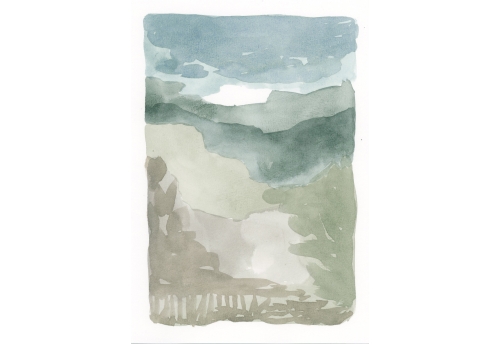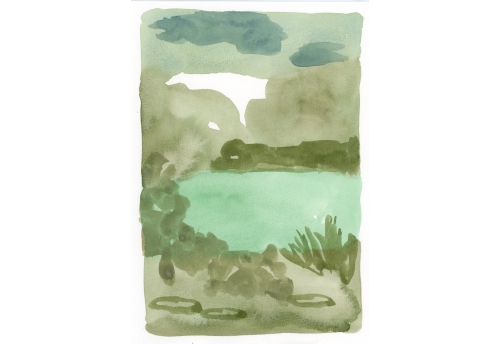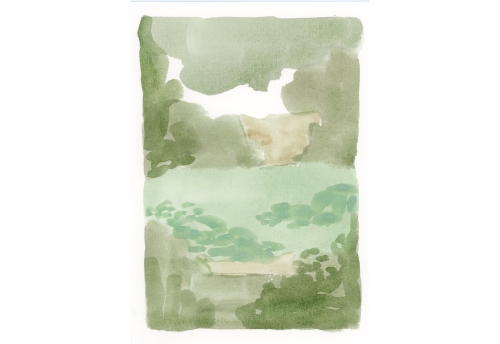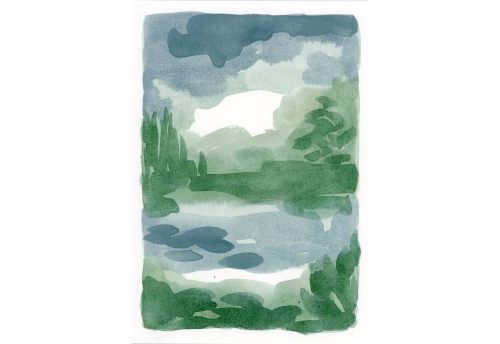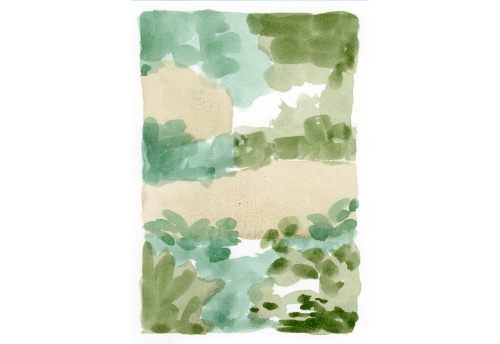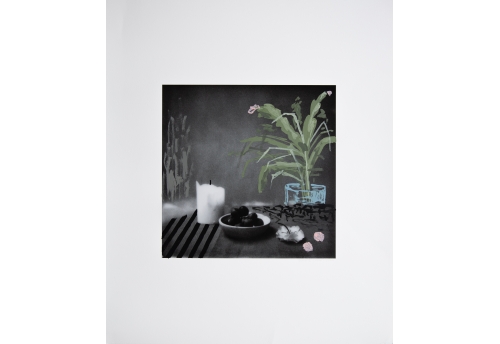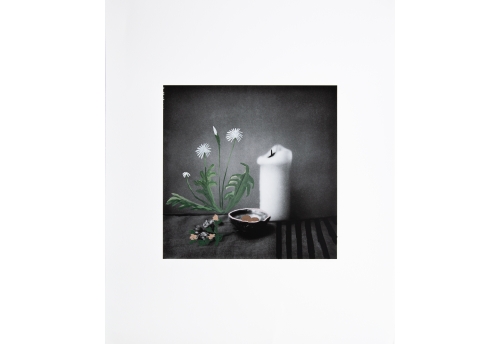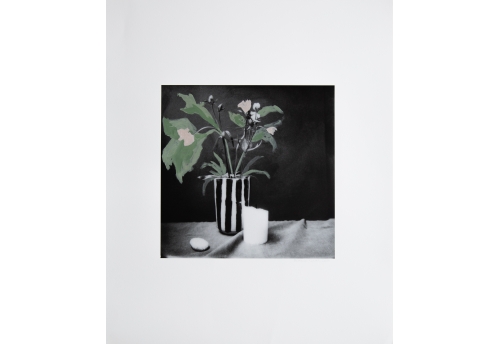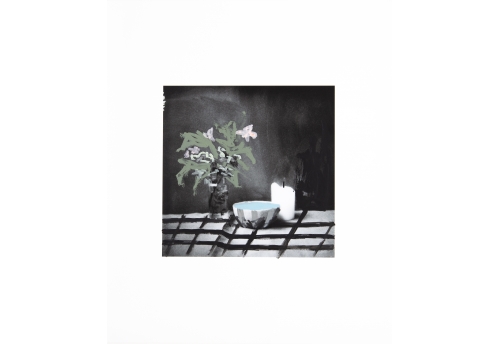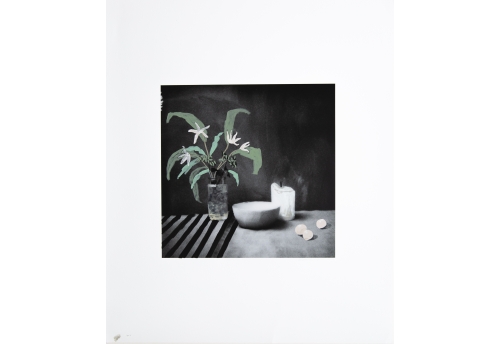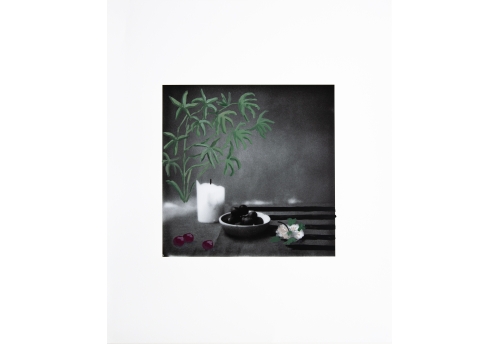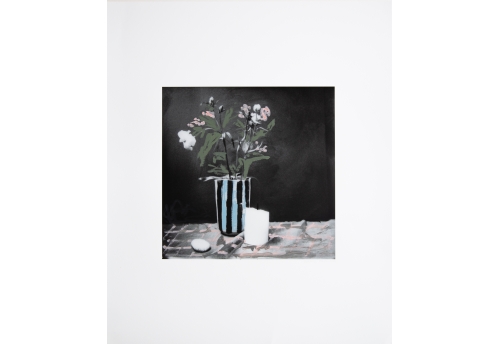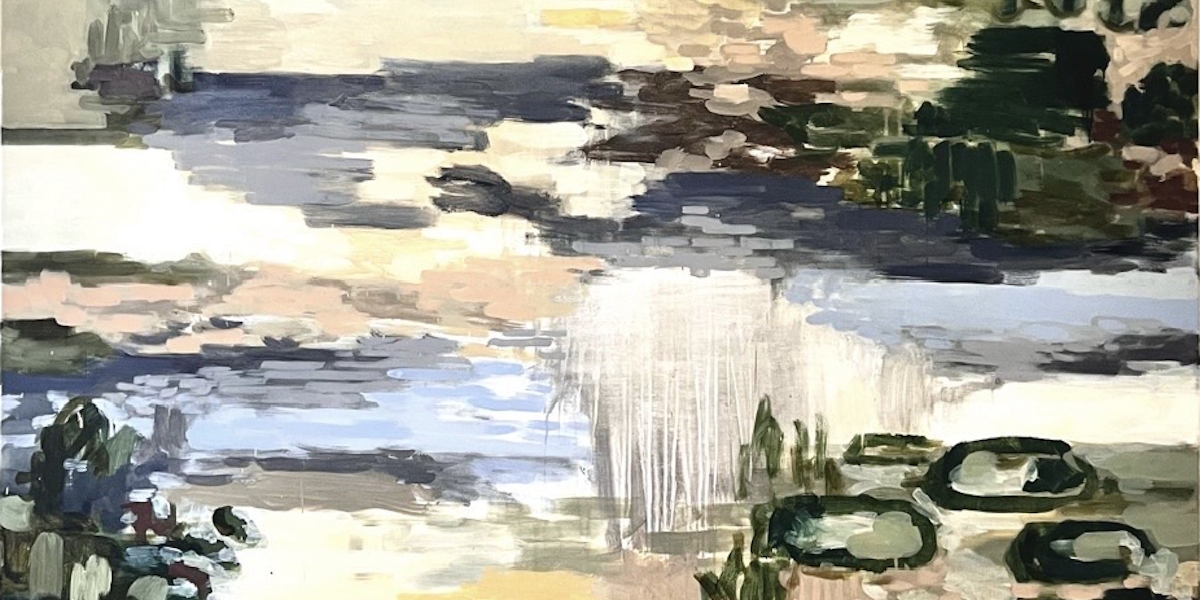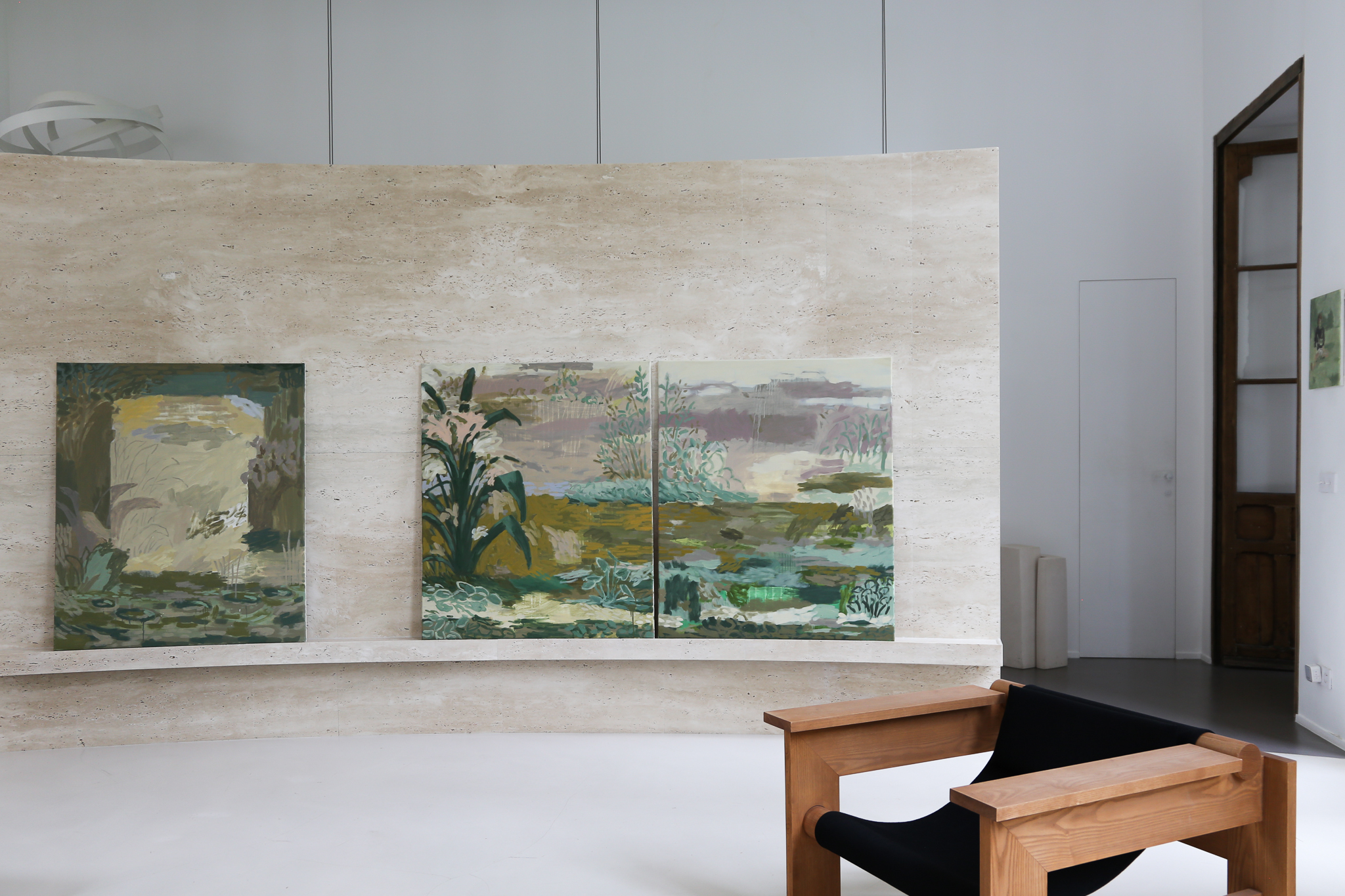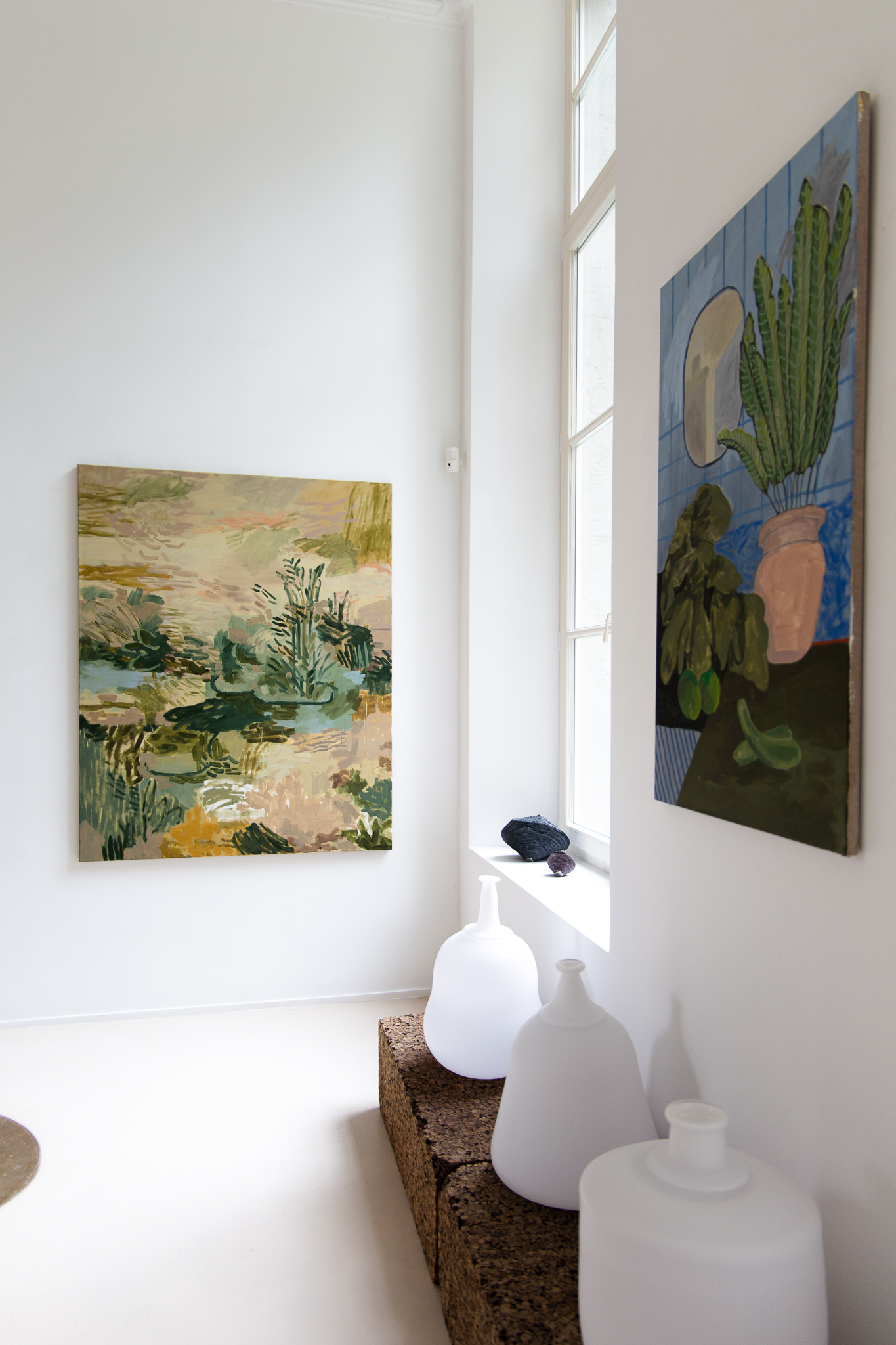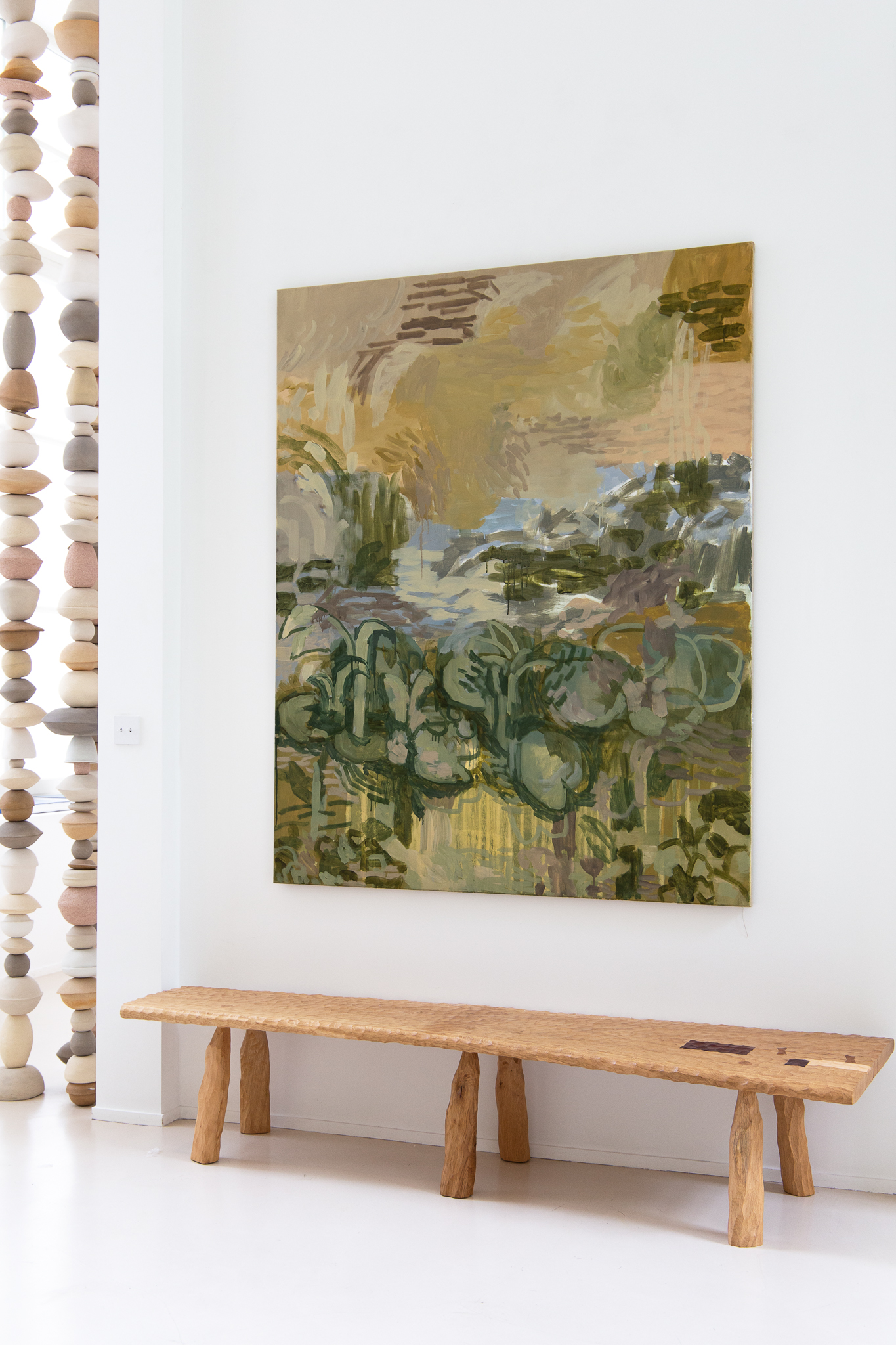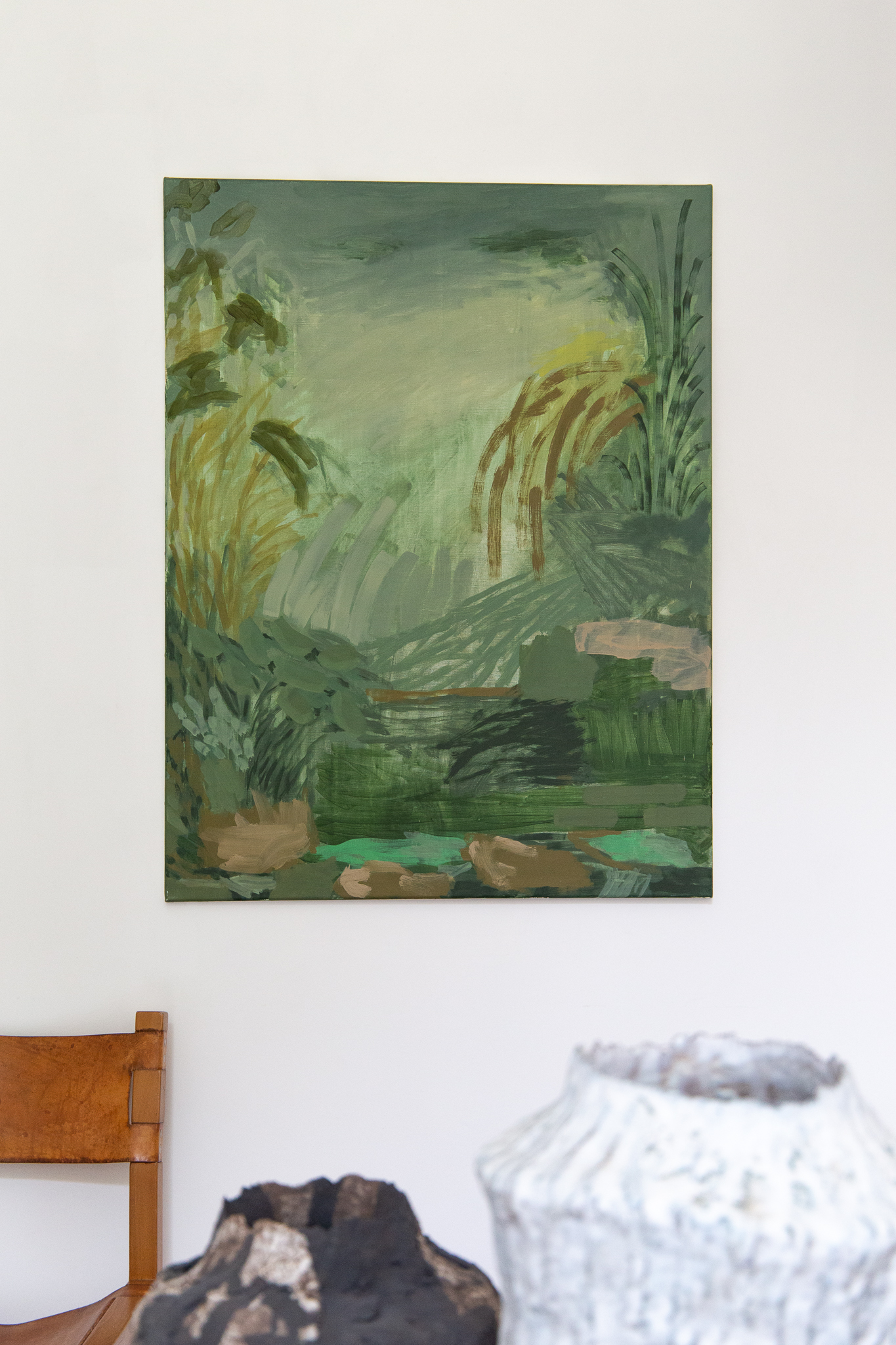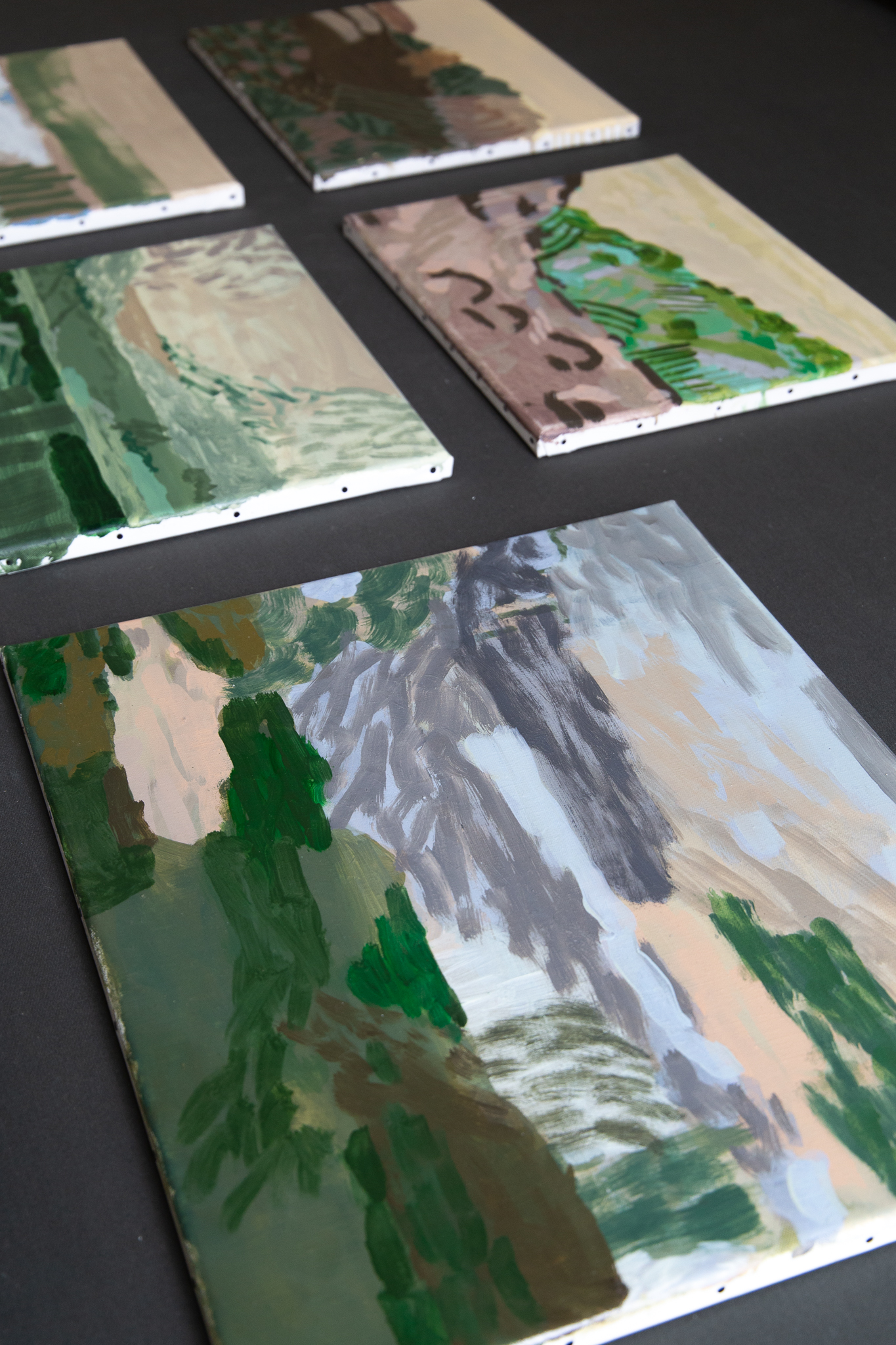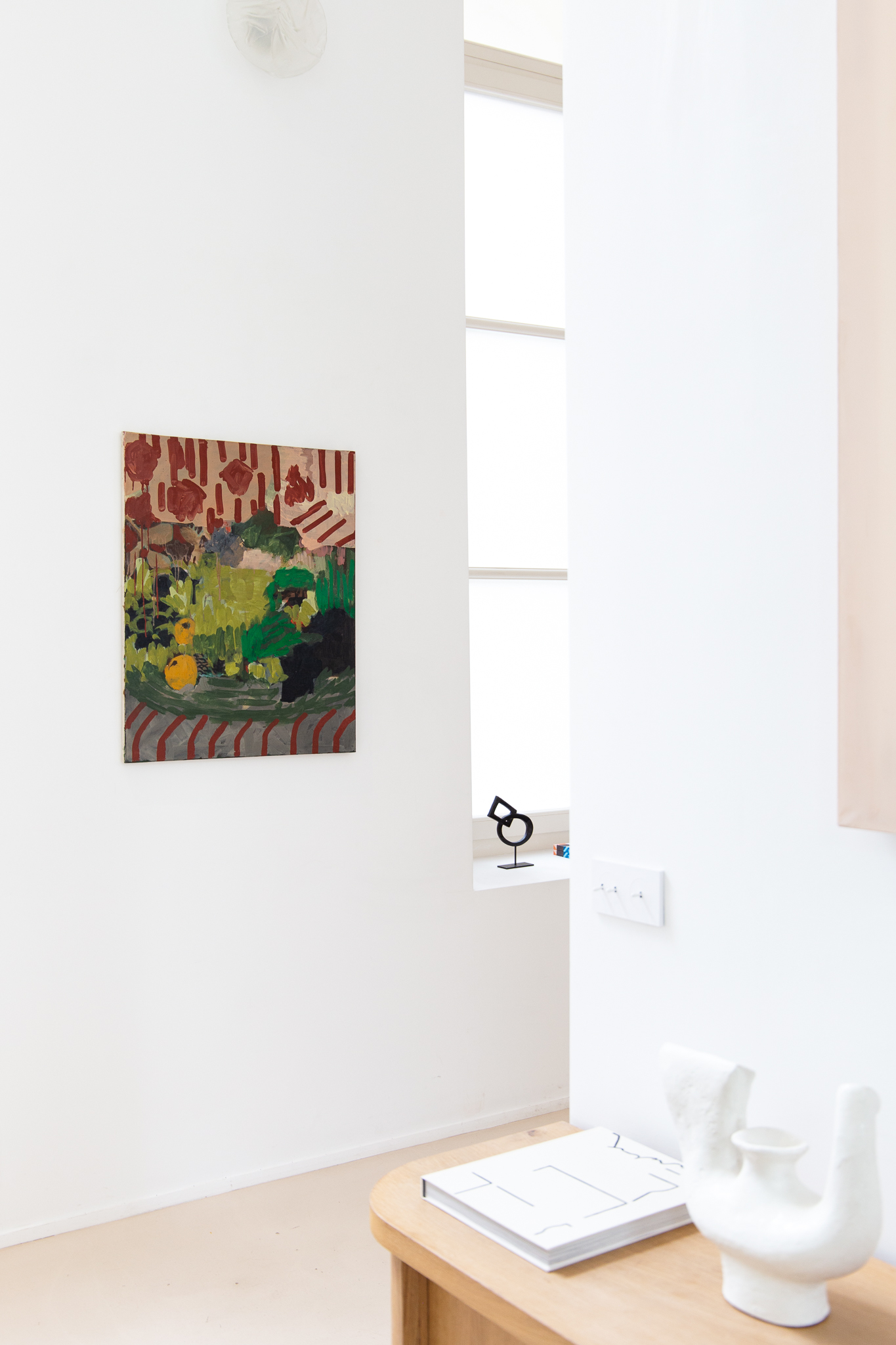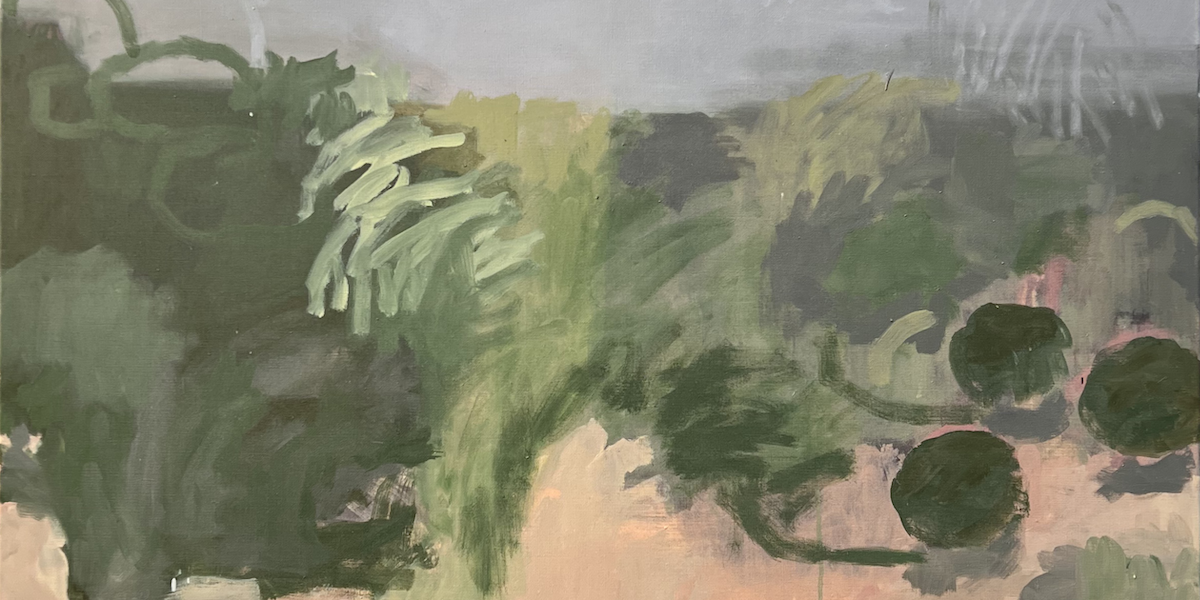Bonnie Colin
Bonnie Colin
Un grand enlacement
$ 12,000
Bonnie Colin
Saudade
$ 12,000
Bonnie Colin
Sarabande
$ 12,000
Bonnie Colin
Herbarium
$ 12,000
Bonnie Colin
Square 1
$ 11,400
Bonnie Colin
Square 2
$ 11,400
Bonnie Colin
Primavera variation 2
$ 11,200
Bonnie Colin
Primavera variation 1
$ 11,200
Bonnie Colin
End of the day in summer
$ 11,200
Bonnie Colin
Waterside dusk 2
$ 11,200
Bonnie Colin
Summer 1
$ 11,200
Bonnie Colin
Italie
$ 11,200
Bonnie Colin
Green waterside
$ 11,200
Bonnie Colin
Spring River 03
$ 11,200
Bonnie Colin
Amazon memories
$ 7,000
Bonnie Colin
Little green frog song 2
$ 6,500
Bonnie Colin
Petites Genèses 25 & 26
$ 6,500
Bonnie Colin
Tondo 2
$ 6,500
Bonnie Colin
Waterside 11
$ 6,500
Bonnie Colin
Waterside 12
$ 6,500
Bonnie Colin
Waterside 10
$ 6,500
Bonnie Colin
River flow 3
$ 6,500
Bonnie Colin
Little frog song
$ 6,500
Bonnie Colin
Bouquet 01
$ 6,500
Bonnie Colin
River flow 4
$ 6,500
Bonnie Colin
Edge of the wood 10
$ 6,500
Bonnie Colin
Nature Morte
$ 4,000
Bonnie Colin
Tribute to an angel - Jean Paul
$ 3,500
Bonnie Colin
Edge of the wood 3
$ 3,500
Bonnie Colin
River flow 6
$ 3,500
Bonnie Colin
River flow 7
$ 3,500
Bonnie Colin
Petite Genèse 27
$ 3,500
Bonnie Colin
Tribute to an angel - David
$ 3,500
Bonnie Colin
Tribute to an angel - Jaco
$ 3,500
Bonnie Colin
Countryside 11
$ 3,500
Bonnie Colin
Petite Genèse 28
$ 3,500
Bonnie Colin
Petit Waterside 2
$ 3,500
Bonnie Colin
River flow 2
$ 3,500
Bonnie Colin
River flow 5
$ 3,500
Bonnie Colin
Fields 2
$ 3,500
Bonnie Colin
Like a spring 1
$ 3,500
Bonnie Colin
Focus 3
$ 3,500
Bonnie Colin
Focus 2
$ 3,500
Bonnie Colin
Summer 3
$ 3,500
Bonnie Colin
Summer 2
$ 3,500
Bonnie Colin
Summer 1
$ 3,500
Bonnie Colin
Blur 4
$ 3,200
Bonnie Colin
Blur 3
$ 3,200
Bonnie Colin
Petit requiem 2
$ 3,200
Bonnie Colin
Blur 5
$ 3,200
Bonnie Colin
Latitudes 23
$ 3,000
Bonnie Colin
Latitudes 20
$ 3,000
Bonnie Colin
Latitudes 14
$ 3,000
Bonnie Colin
Little thing 3
$ 3,000
Bonnie Colin
Latitudes 26
$ 3,000
Bonnie Colin
Latitudes 24
$ 3,000
Bonnie Colin
Sweet 09
$ 2,900
Bonnie Colin
Sweet 23
$ 2,900
Bonnie Colin
Sweet 21
$ 2,900
Bonnie Colin
Sweet 19
$ 2,900
Bonnie Colin
Sweet 18
$ 2,900
Bonnie Colin
Sweet 17
$ 2,900
Bonnie Colin
Sweet 16
$ 2,900
Bonnie Colin
Sweet 13
$ 2,900
Bonnie Colin
Sweet 12
$ 2,900
Bonnie Colin
Sweet 01
$ 2,900
Bonnie Colin
Sweet 08
$ 2,900
Bonnie Colin
Sweet 06
$ 2,900
Bonnie Colin
Nature morte 7
$ 2,900
Bonnie Colin
Nature morte 6
$ 2,900
Bonnie Colin
Nature morte 5
$ 2,900
Bonnie Colin
Nature morte 4
$ 2,900
Bonnie Colin
Nature morte 3
$ 2,900
Bonnie Colin
Nature morte 2
$ 2,900
Bonnie Colin
Nature morte 1
$ 2,900
Bonnie Colin
Sweet 07
$ 2,900
Bonnie Colin
Sugar 17
$ 2,500
Bonnie Colin
Sugar 23
$ 2,500
Bonnie Colin
Sugar 22
$ 2,500
Bonnie Colin
Sugar 19
$ 2,500
Bonnie Colin
Sugar 20
$ 2,500
Bonnie Colin
Sugar 14
$ 2,500
Bonnie Colin
Sugar 02
$ 2,500
Bonnie Colin
Sugar 12
$ 2,500
Bonnie Colin
Sugar 07
$ 2,500
Bonnie Colin
Sugar 13
$ 2,500
Bonnie Colin
Papier 01
$ 2,300
Bonnie Colin
Papier 02
$ 2,300
Bonnie Colin
Tondo 5
$ 1,900
Bonnie Colin
Tondo 6
$ 1,900
Bonnie Colin
Tondo 7
$ 1,900
Bonnie Colin
Ozone 1
$ 1,900
Bonnie Colin
Ozone 2
$ 1,900
Bonnie Colin
Ozone 6
$ 1,900
Bonnie Colin
Ozone 4
$ 1,900
Bonnie Colin
Ozone 5
$ 1,900
Bonnie Colin
Ozone 7
$ 1,900
Bonnie Colin
Ozone 8
$ 1,900
Bonnie Colin
Tondo 3
$ 1,900
Bonnie Colin
Tondo 4
$ 1,900
Bonnie Colin
Ozone 3
$ 1,900
Bonnie Colin
Tondo 2
$ 1,900
Bonnie Colin
Baby 16
$ 1,900
Bonnie Colin
Tondo 1
$ 1,900
Bonnie Colin
Baby 02
$ 1,900
Bonnie Colin
Baby 06
$ 1,900
Bonnie Colin
Baby 10
$ 1,900
Bonnie Colin
Baby 15
$ 1,900
Bonnie Colin
Baby 18
$ 1,900
Bonnie Colin
Baby 21
$ 1,900
Bonnie Colin
Baby 22
$ 1,900
Bonnie Colin
Baby 23
$ 1,900
Bonnie Colin
Baby 24
$ 1,900
Bonnie Colin
Papier 16
$ 1,900
Bonnie Colin
Les encres 14
$ 1,700
Bonnie Colin
Bouquet 11
$ 1,700
Bonnie Colin
Les encres 11
$ 1,700
Bonnie Colin
Les encres 12
$ 1,700
Bonnie Colin
Les encres 13
$ 1,700
Bonnie Colin
Ozone 17
$ 1,700
Bonnie Colin
Les encres 15
$ 1,700
Bonnie Colin
Les encres 16
$ 1,700
Bonnie Colin
Ozone 13
$ 1,700
Bonnie Colin
Ozone 14
$ 1,700
Bonnie Colin
Ozone 15
$ 1,700
Bonnie Colin
Ozone 16
$ 1,700
Bonnie Colin
Bouquet 10
$ 1,700
Bonnie Colin
Les encres 10
$ 1,700
Bonnie Colin
Les encres 6
$ 1,700
Bonnie Colin
Les encres 9
$ 1,700
Bonnie Colin
Les encres 3
$ 1,700
Bonnie Colin
Bouquet 01
$ 1,700
Bonnie Colin
Les encres 1
$ 1,700
Bonnie Colin
Bouquet 02
$ 1,700
Bonnie Colin
Les encres 2
$ 1,700
Bonnie Colin
Les encres 8
$ 1,700
Bonnie Colin
Bouquet 03
$ 1,700
Bonnie Colin
Bouquet 04
$ 1,700
Bonnie Colin
Les encres 4
$ 1,700
Bonnie Colin
Bouquet 05
$ 1,700
Bonnie Colin
Les encres 5
$ 1,700
Bonnie Colin
Bouquet 06
$ 1,700
Bonnie Colin
Les encres 7
$ 1,700
Bonnie Colin
Bouquet 08
$ 1,700
Bonnie Colin
Candy 06
$ 1,500
Bonnie Colin
Candy 36
$ 1,500
Bonnie Colin
Candy 39
$ 1,500
Bonnie Colin
Candy 44
$ 1,500
Bonnie Colin
Candy 46
$ 1,500
Bonnie Colin
Candy 54
$ 1,500




